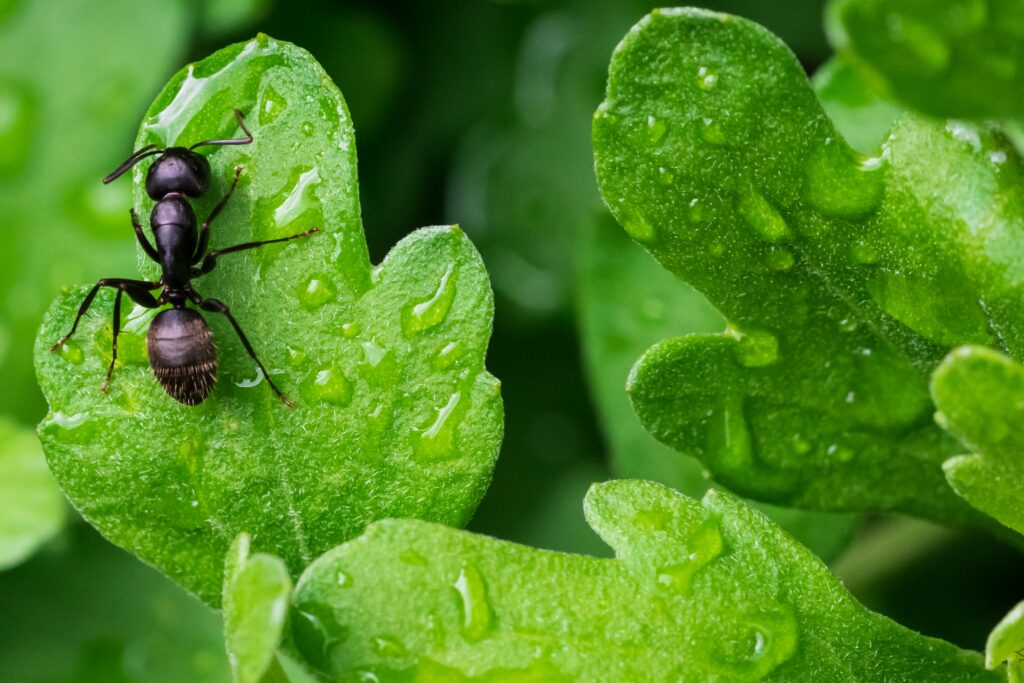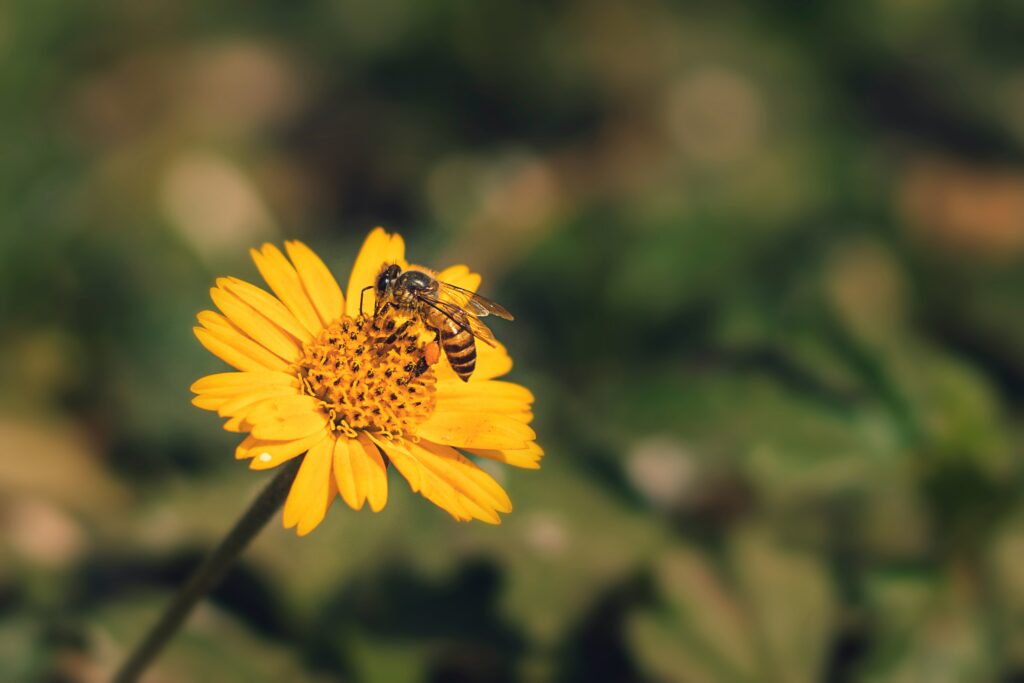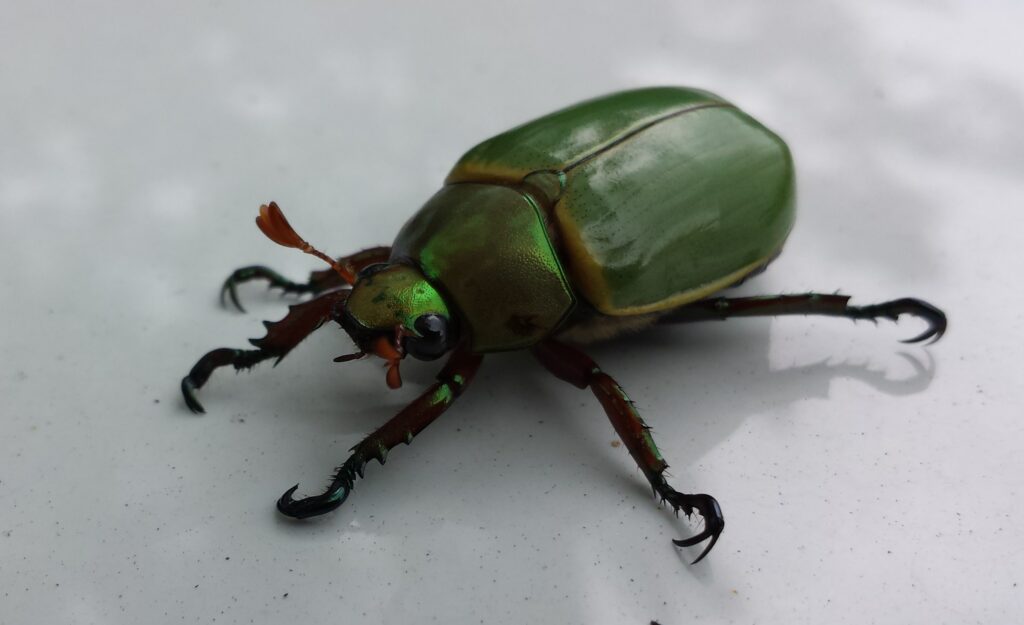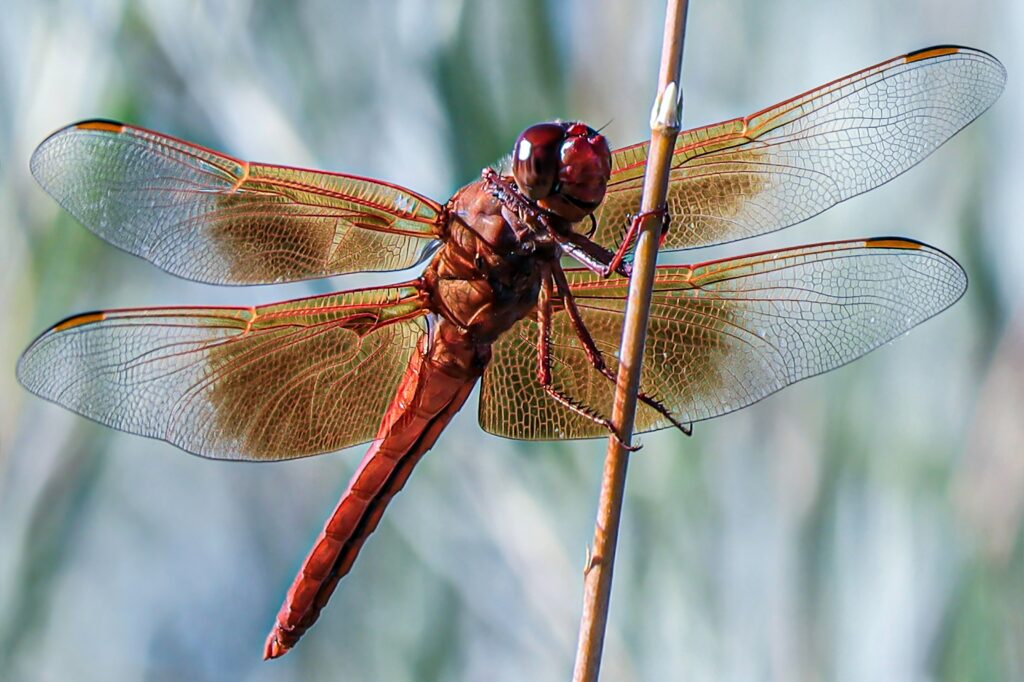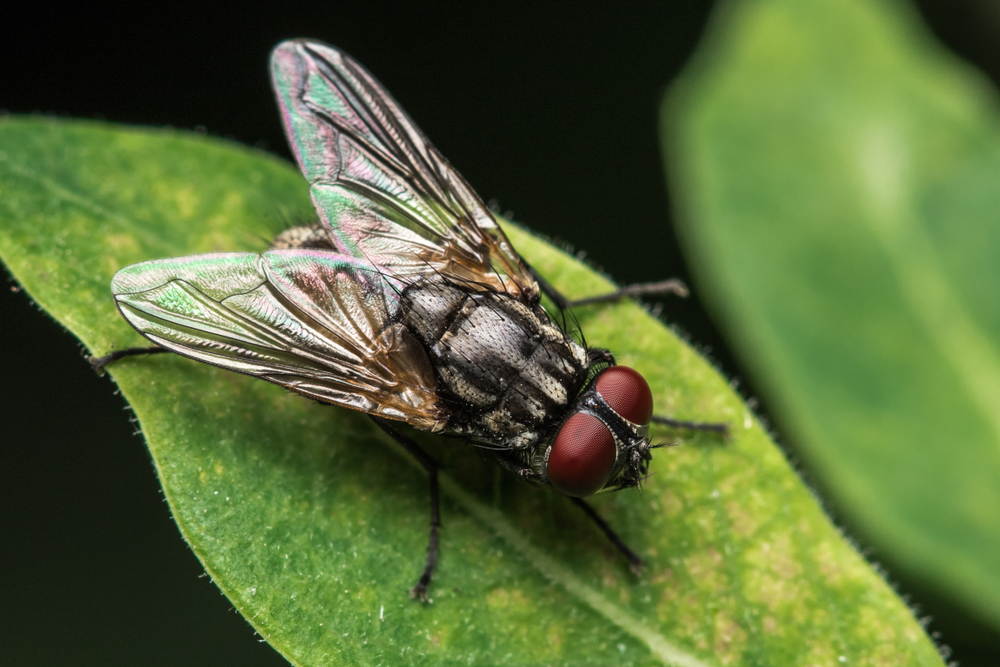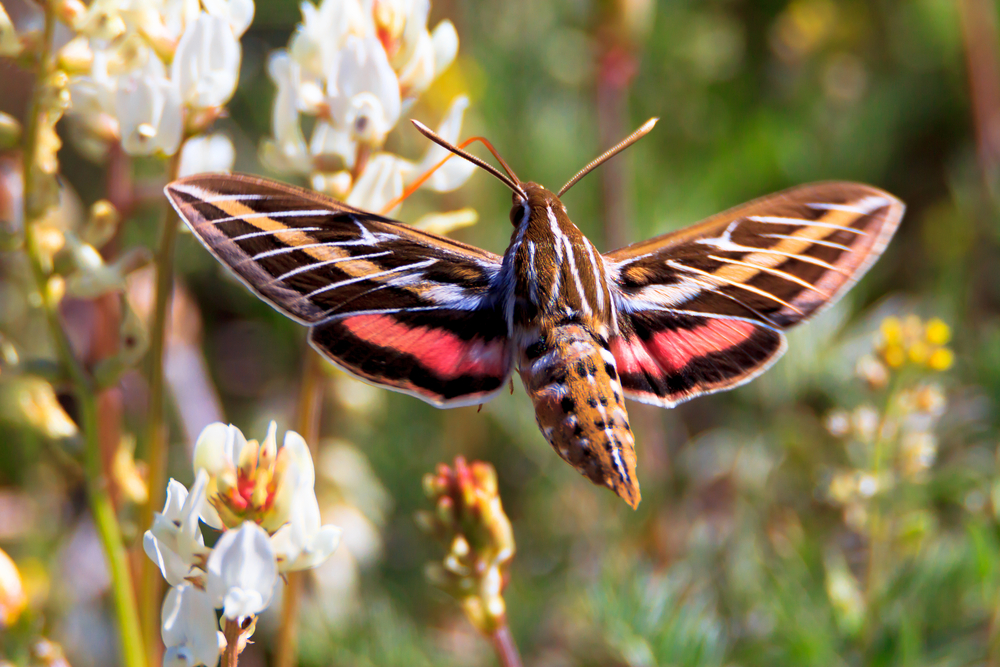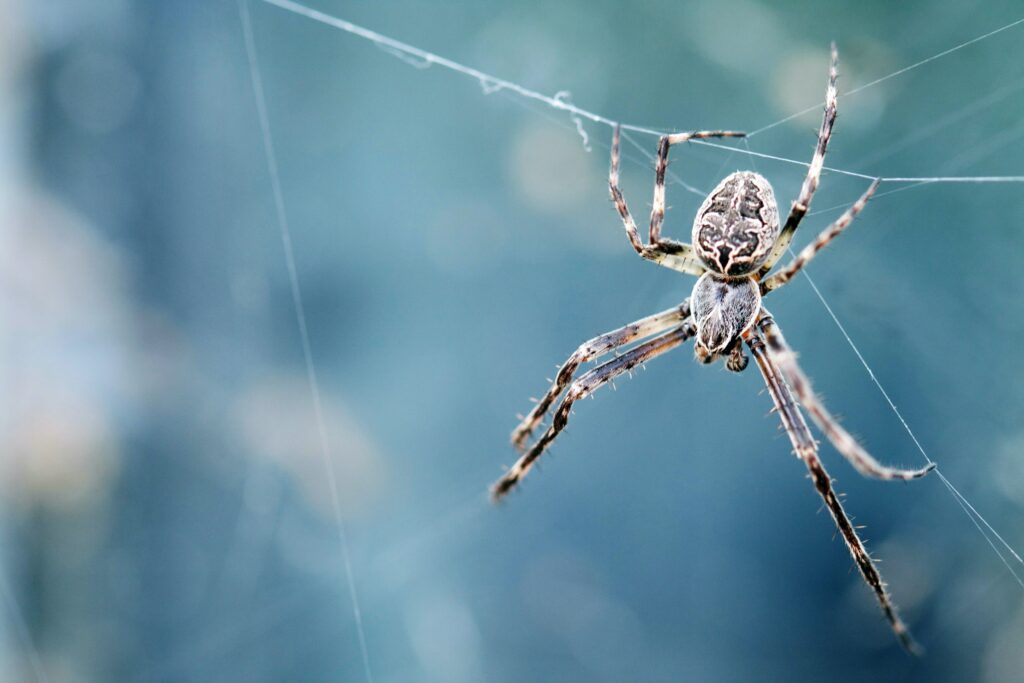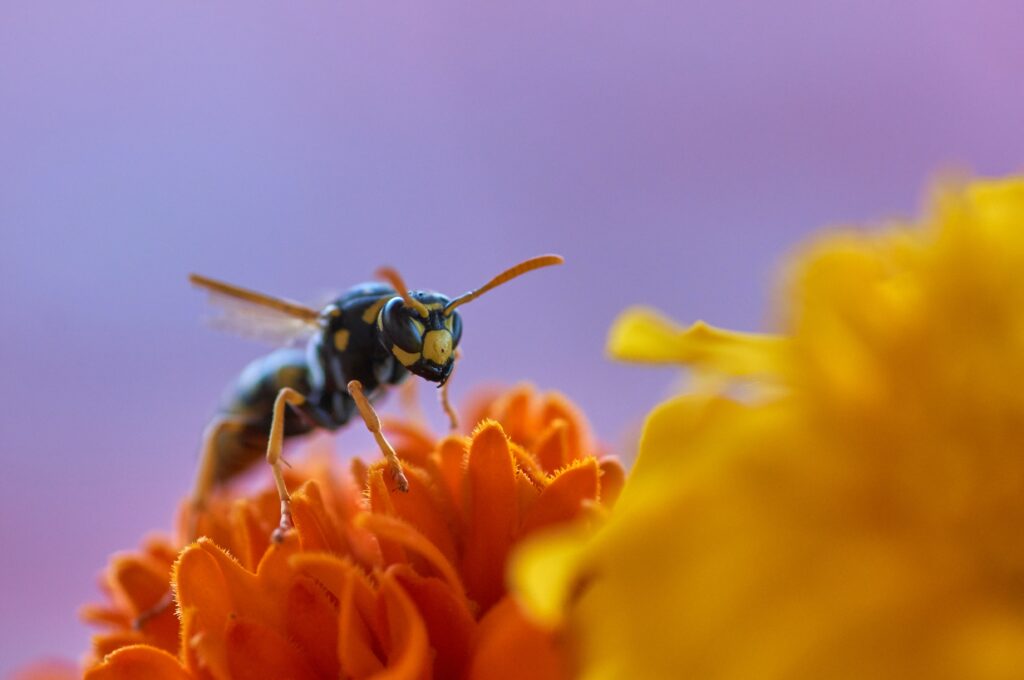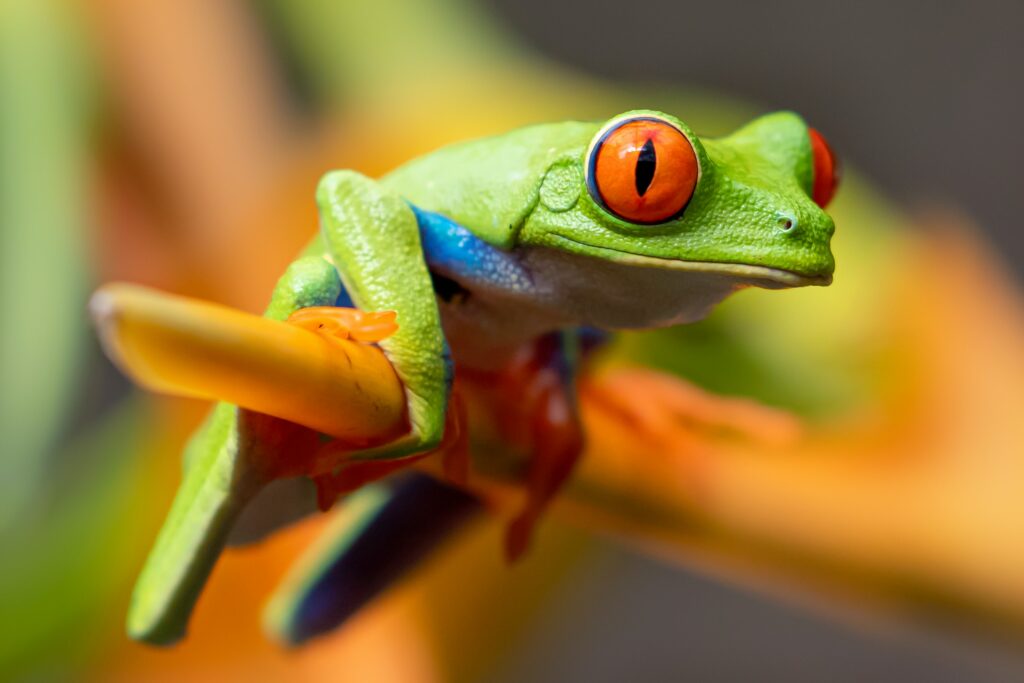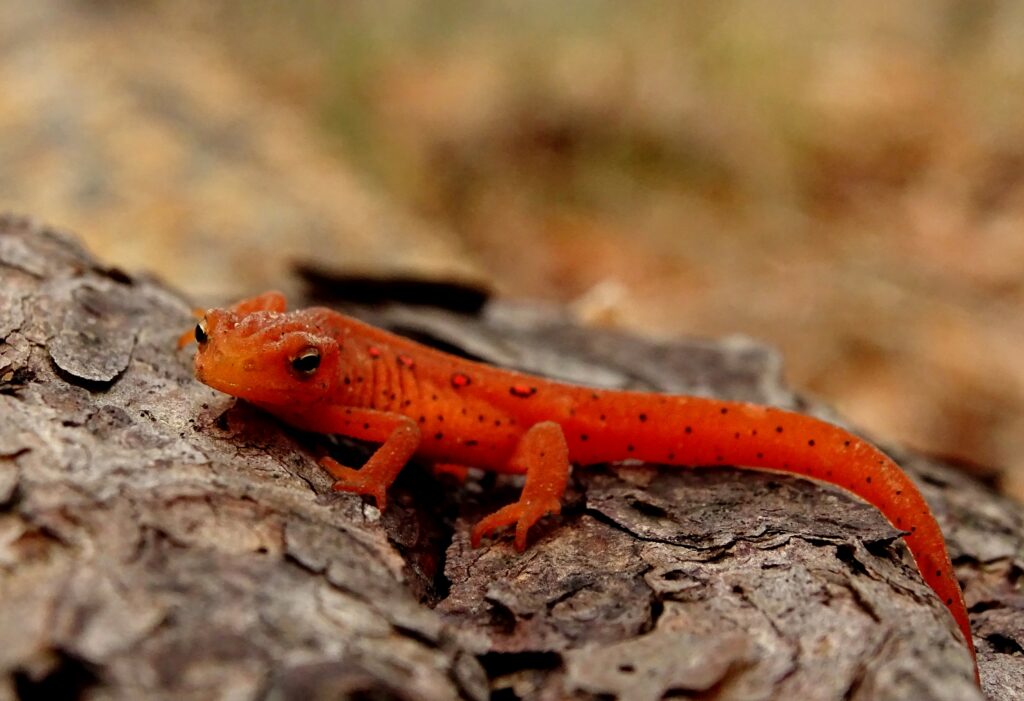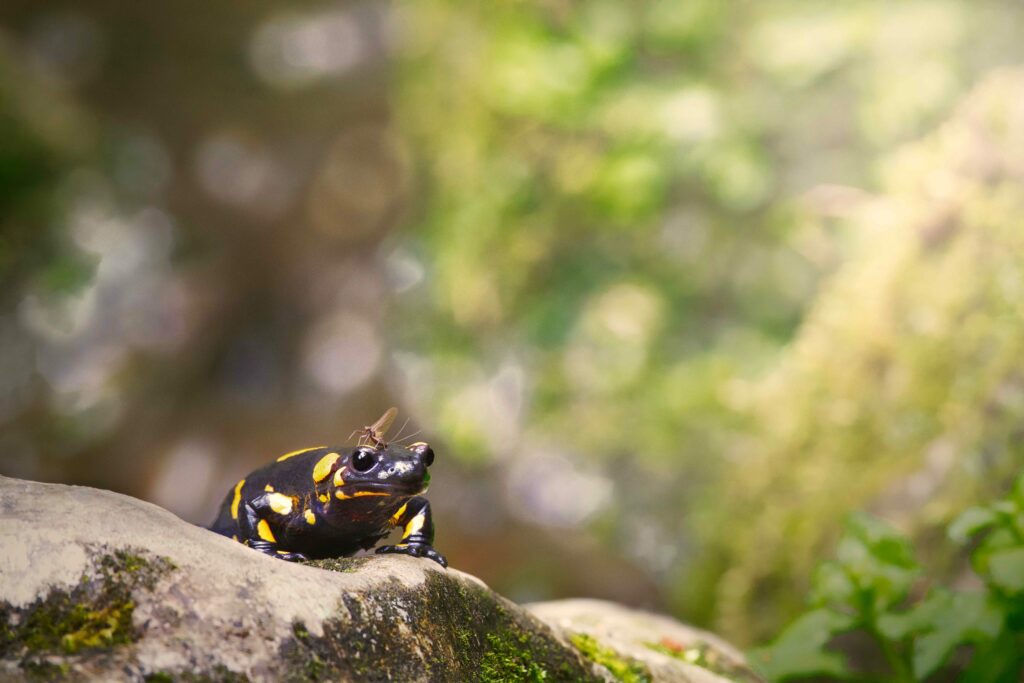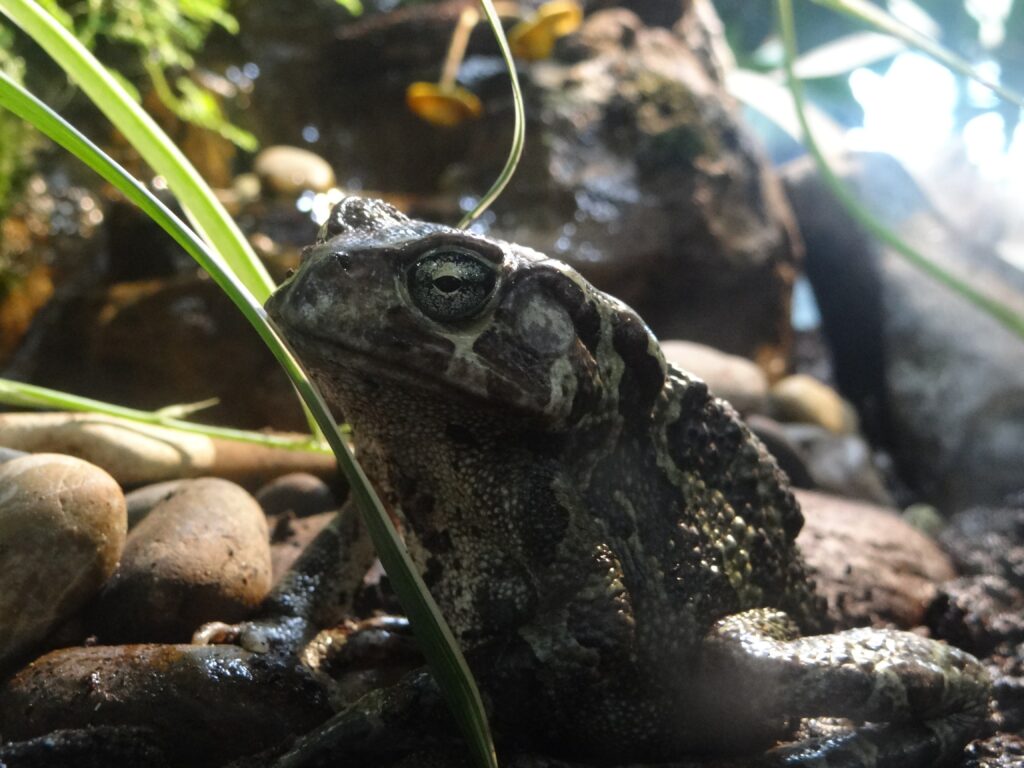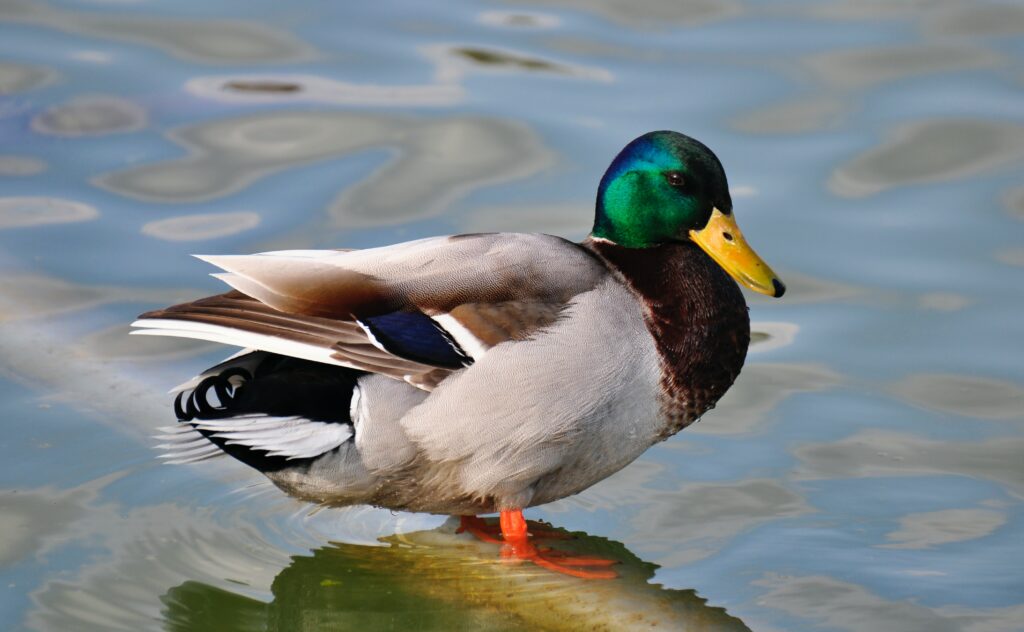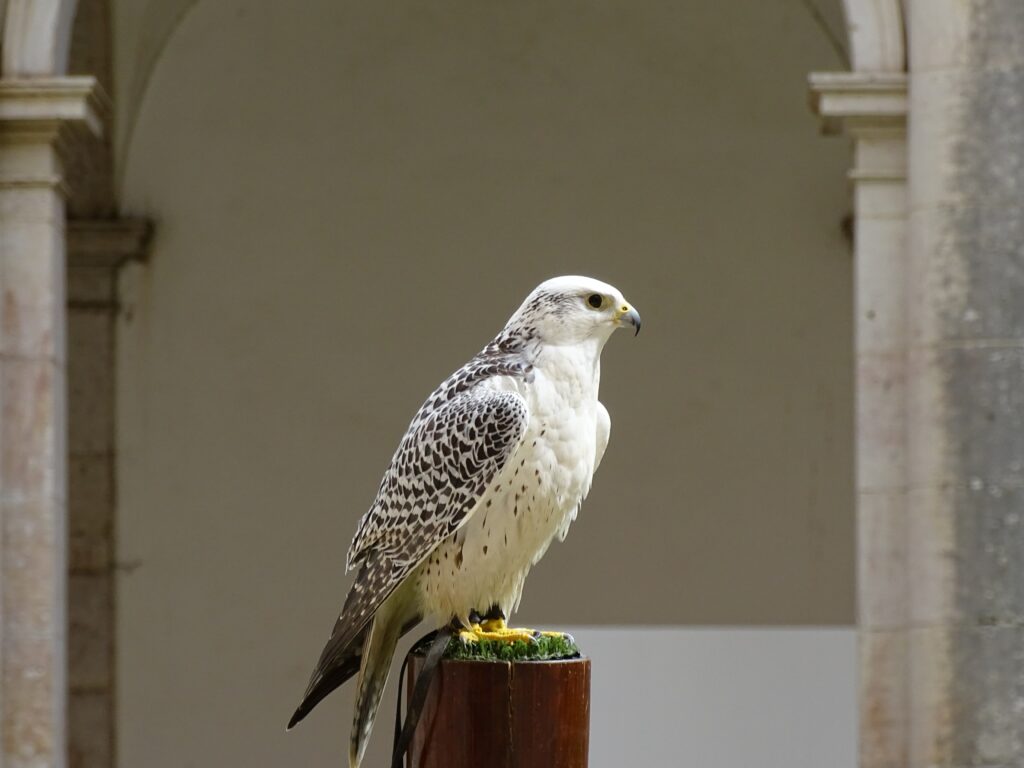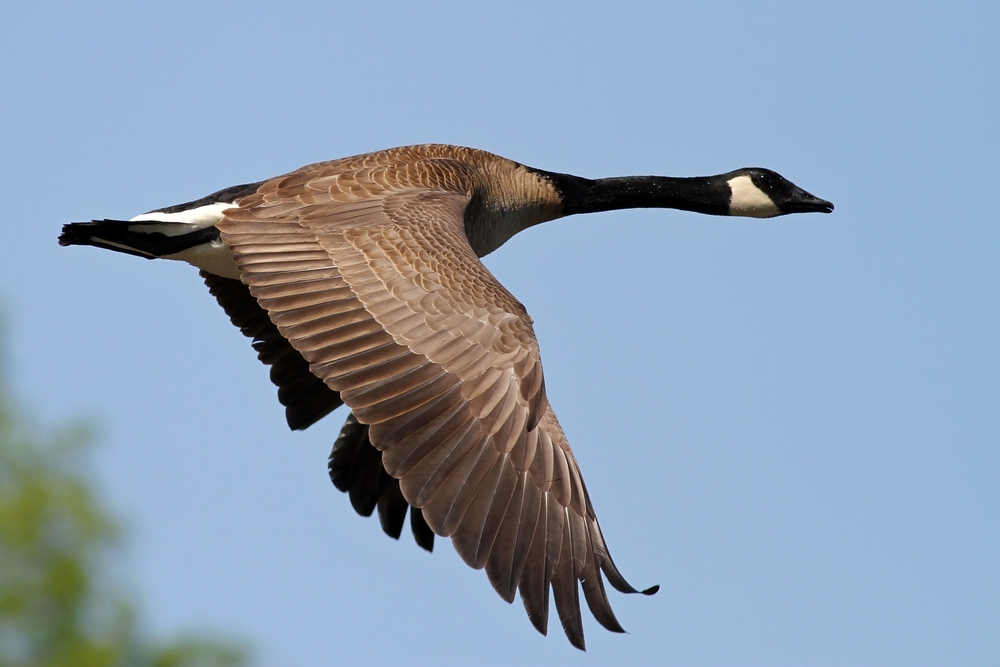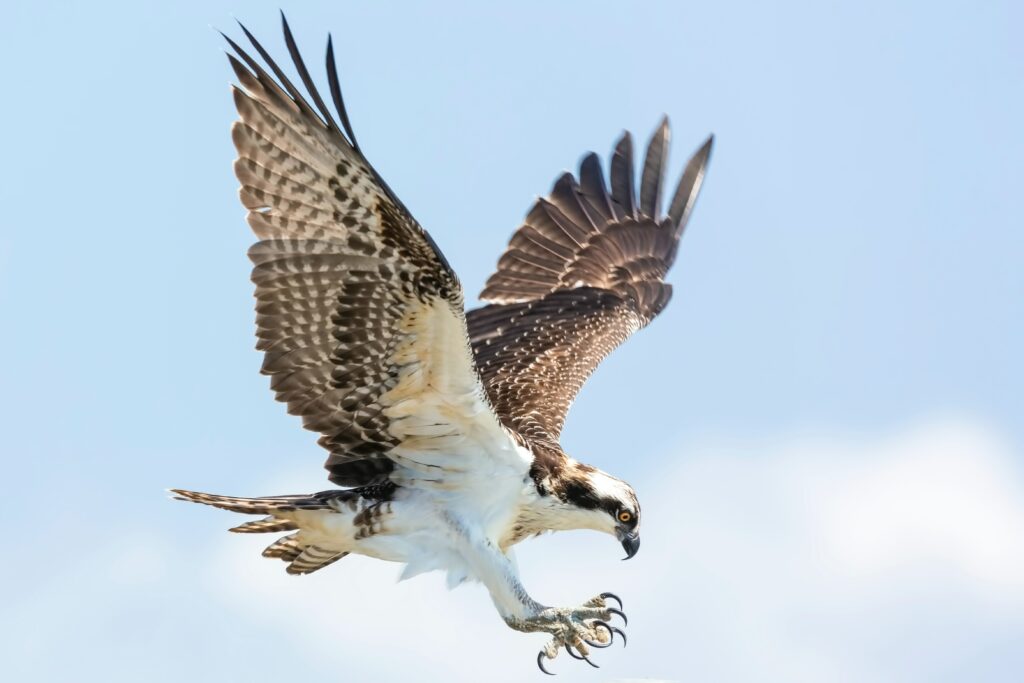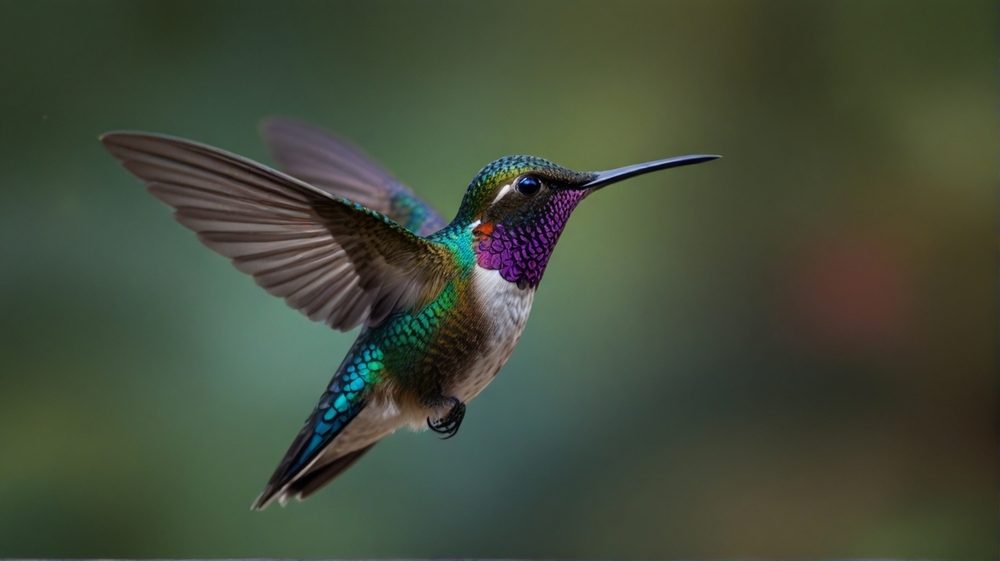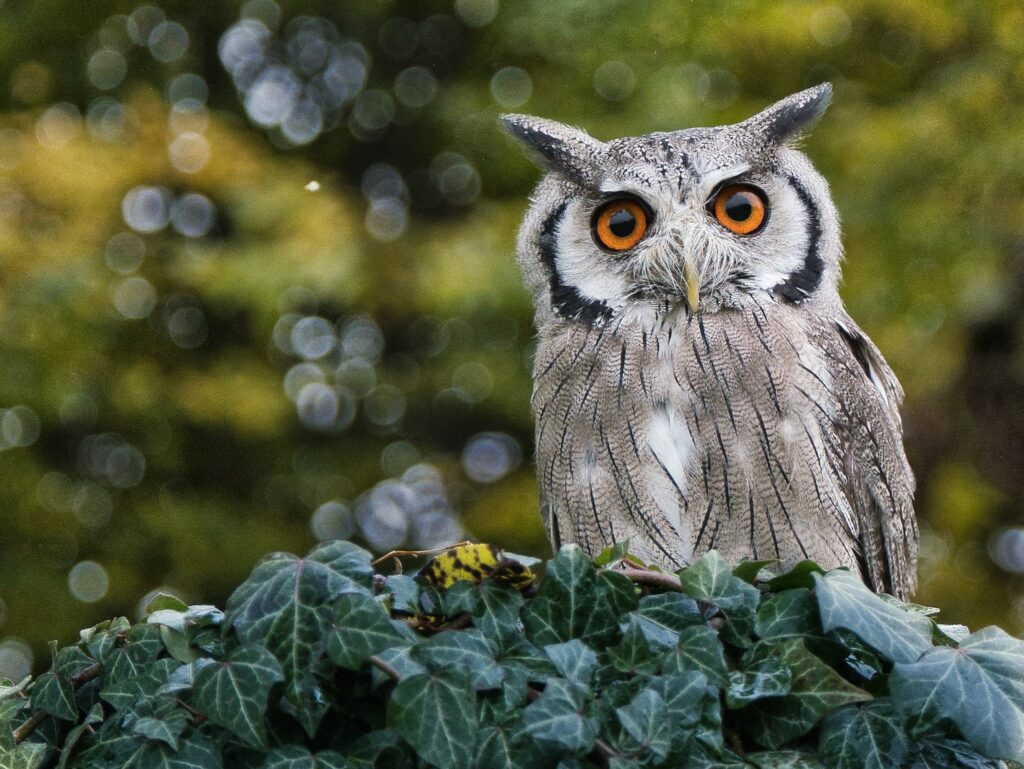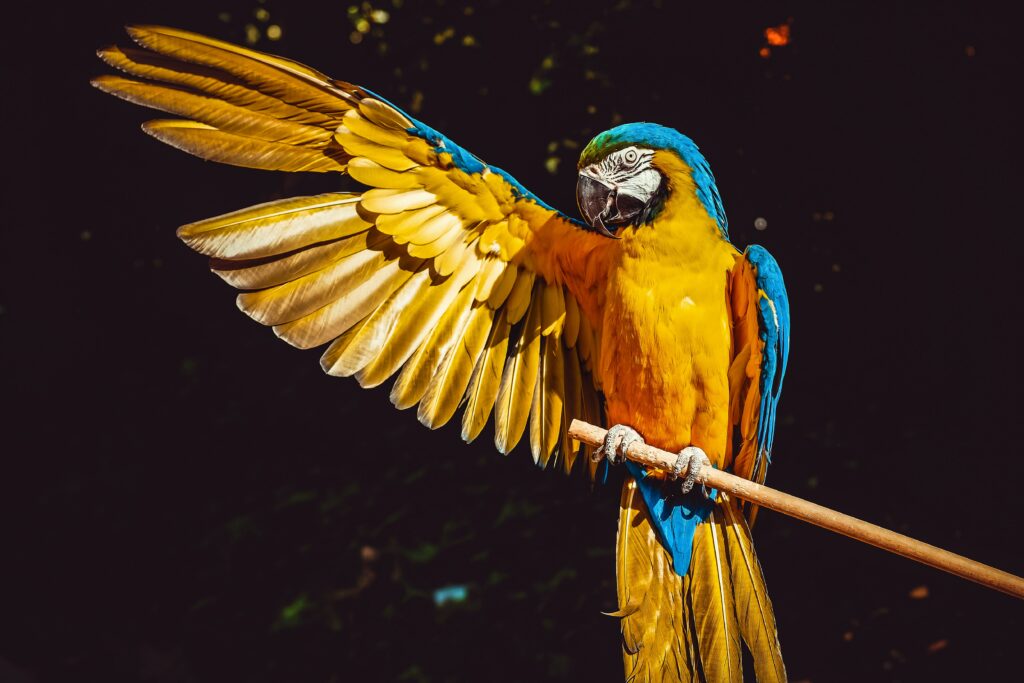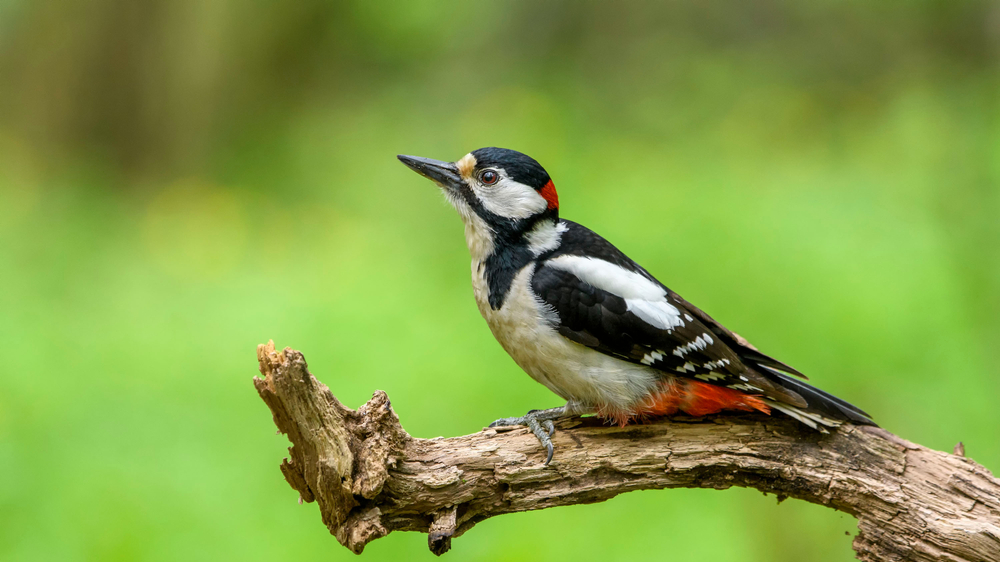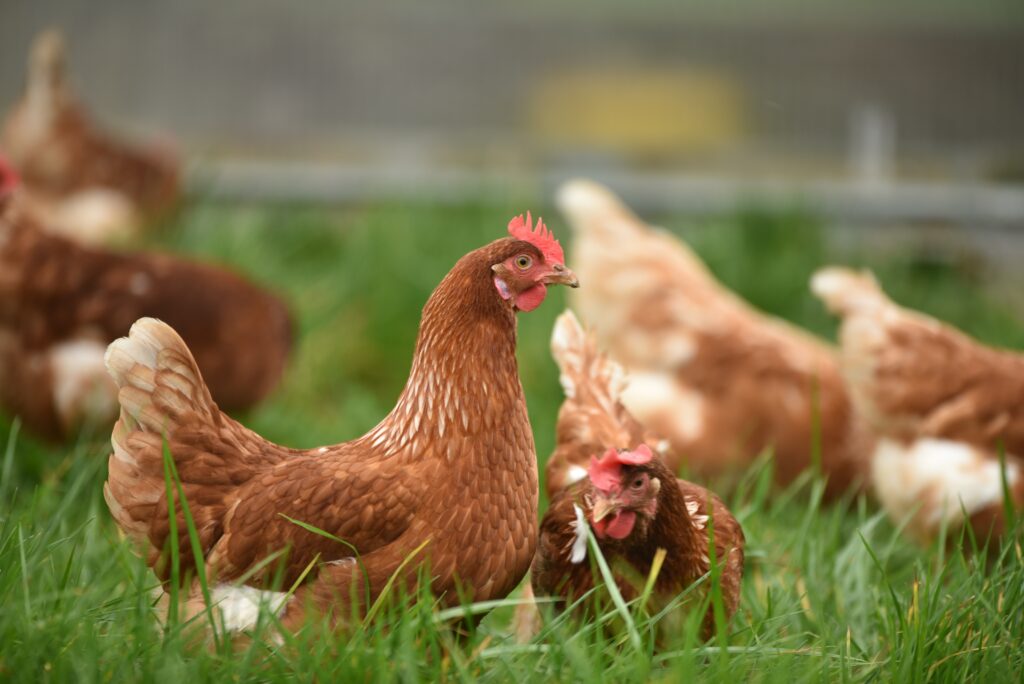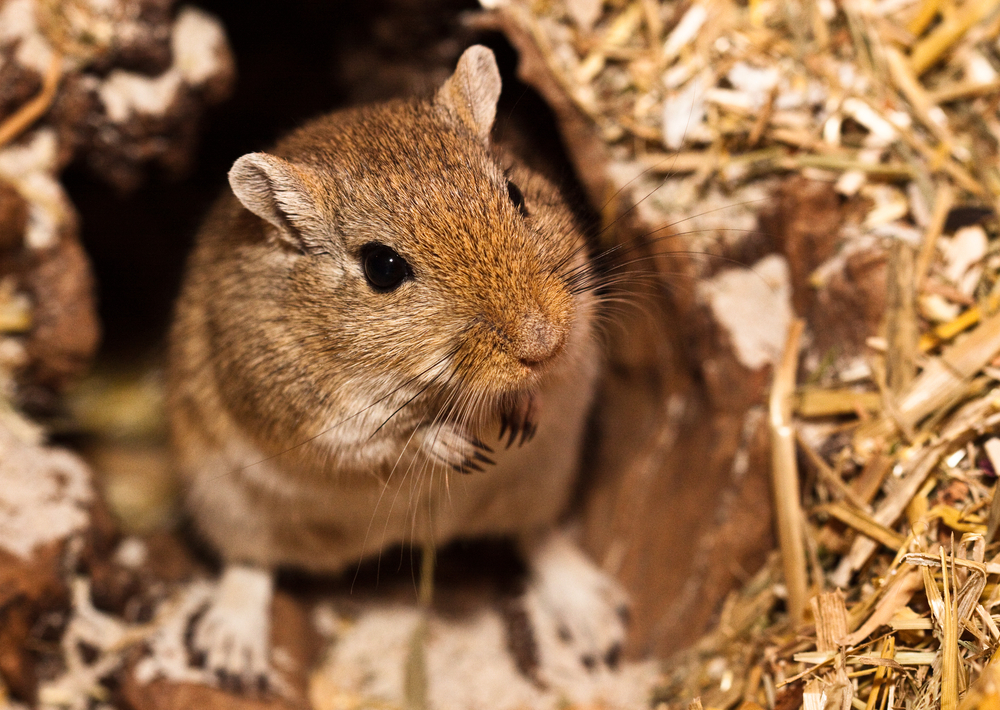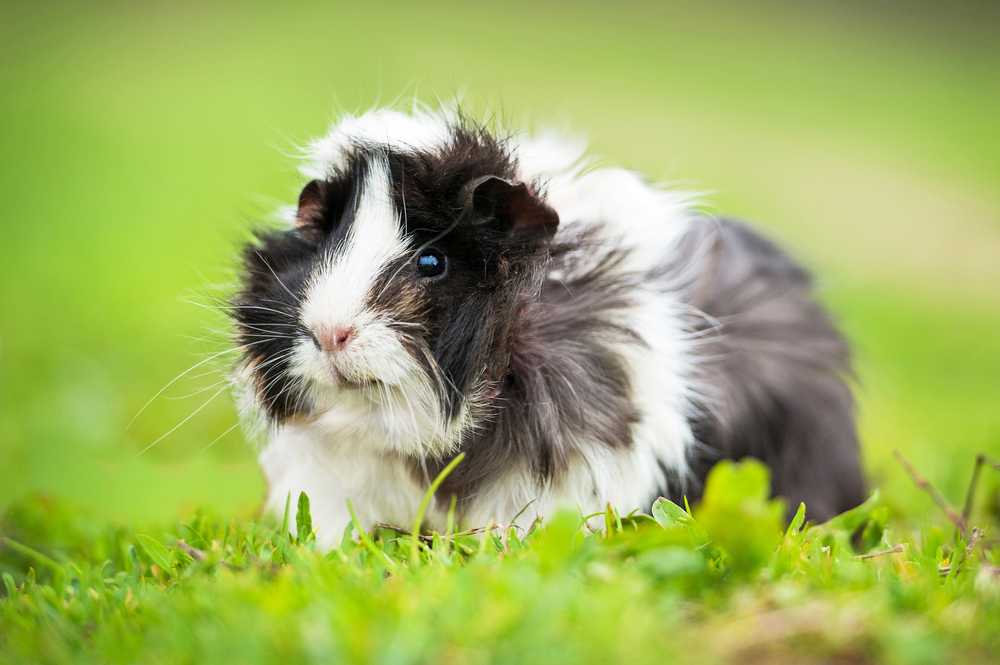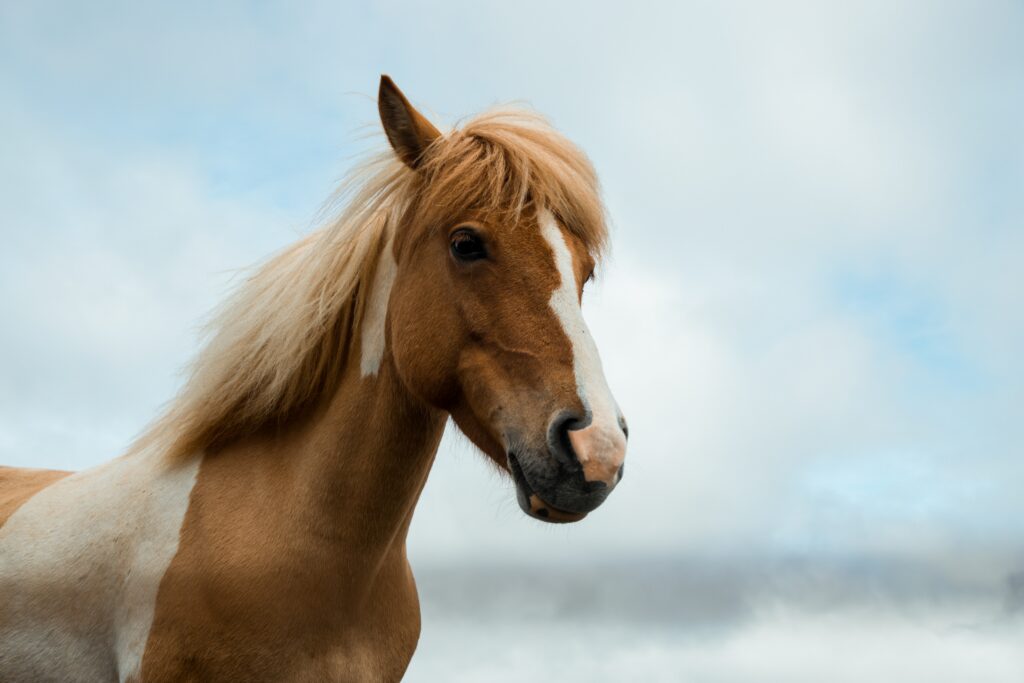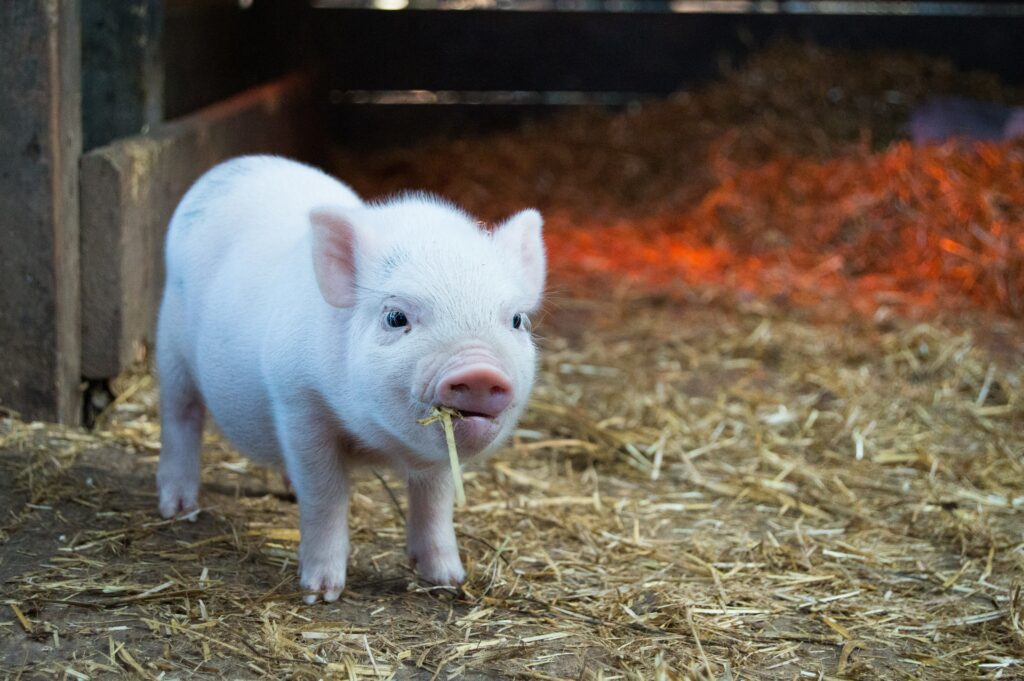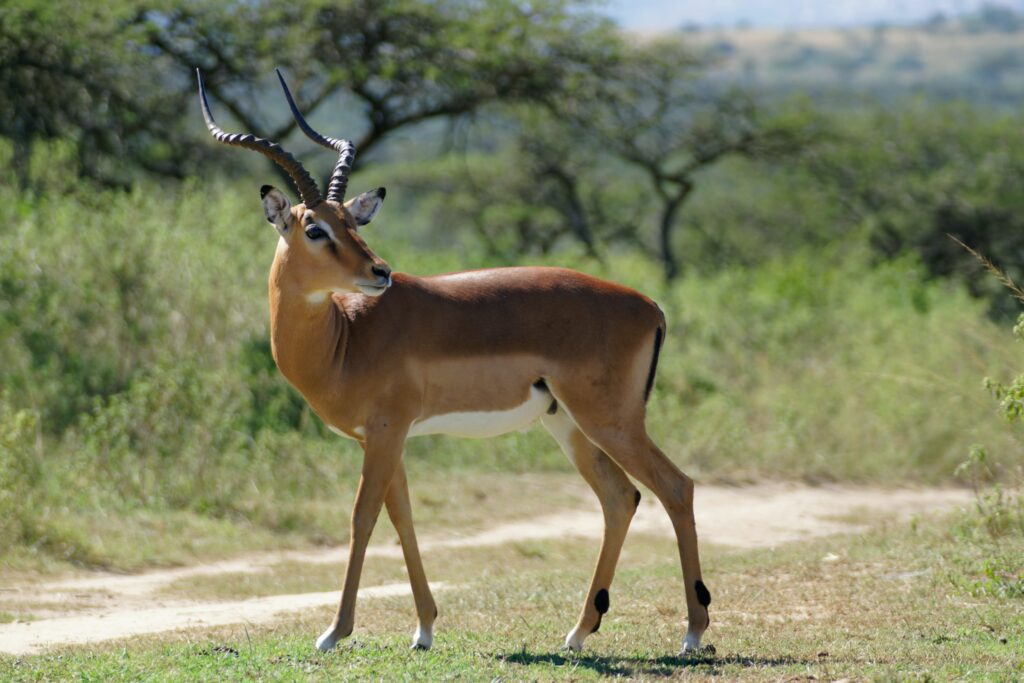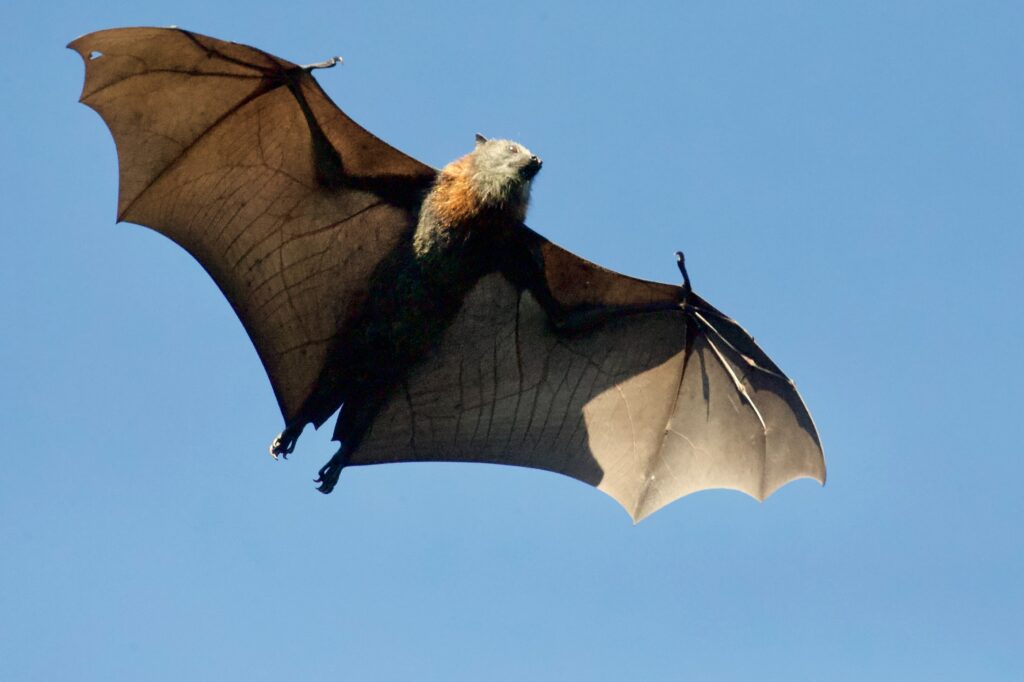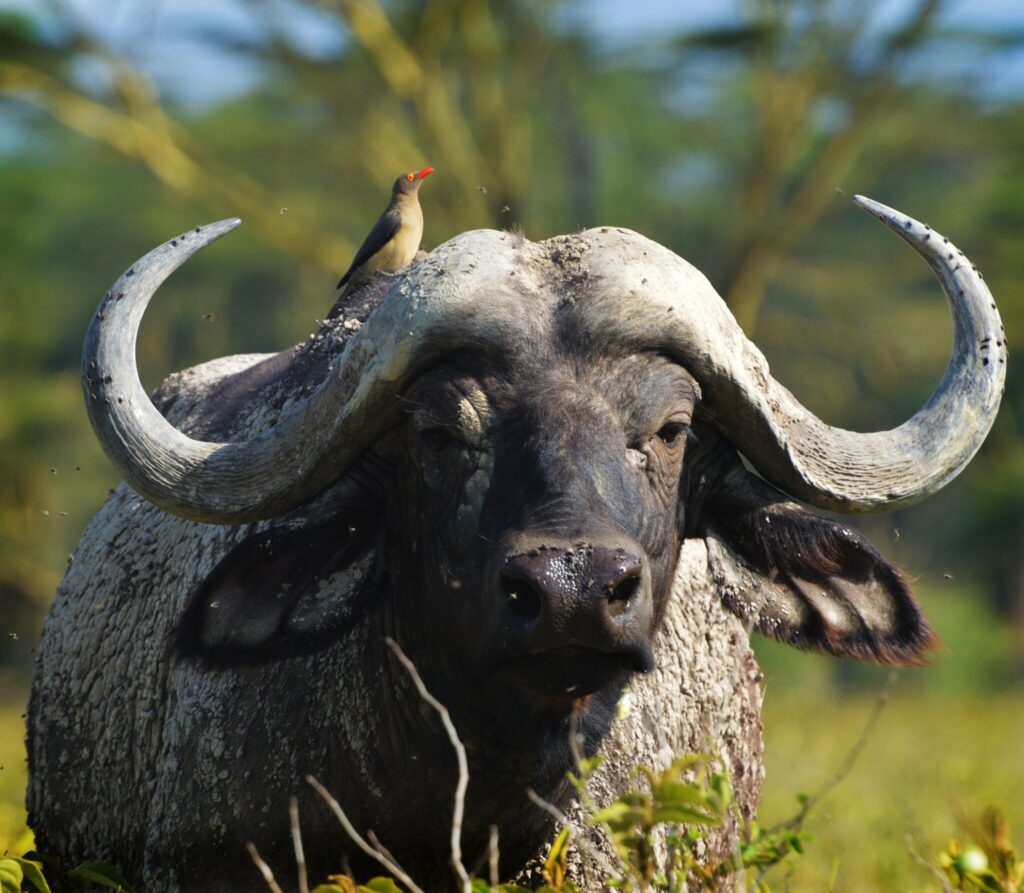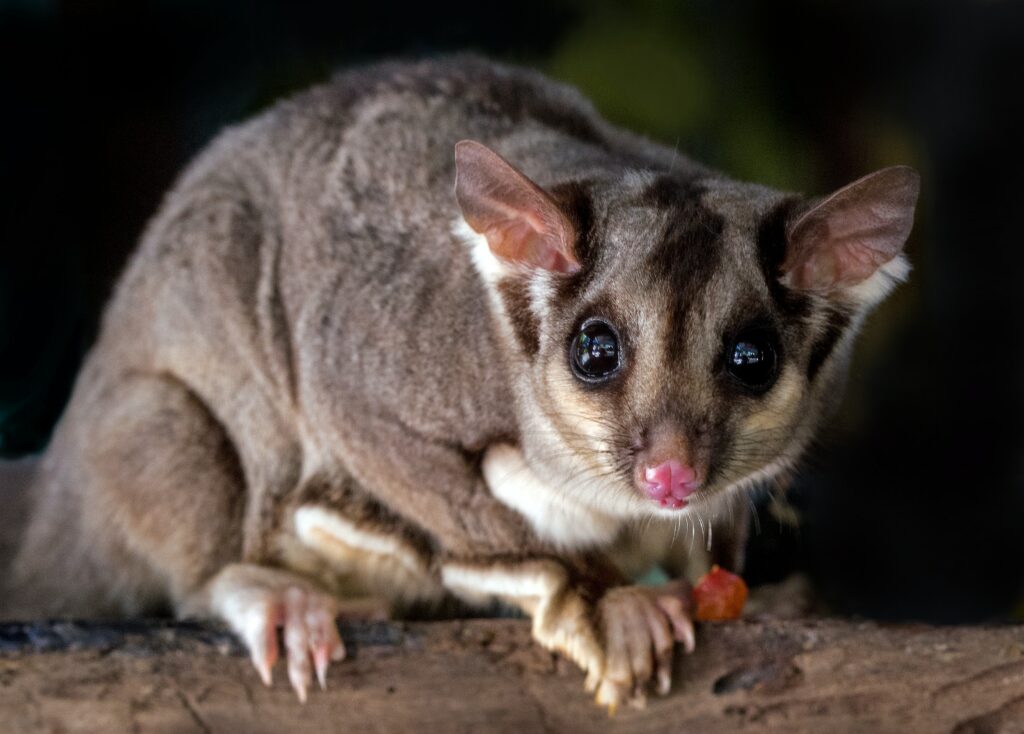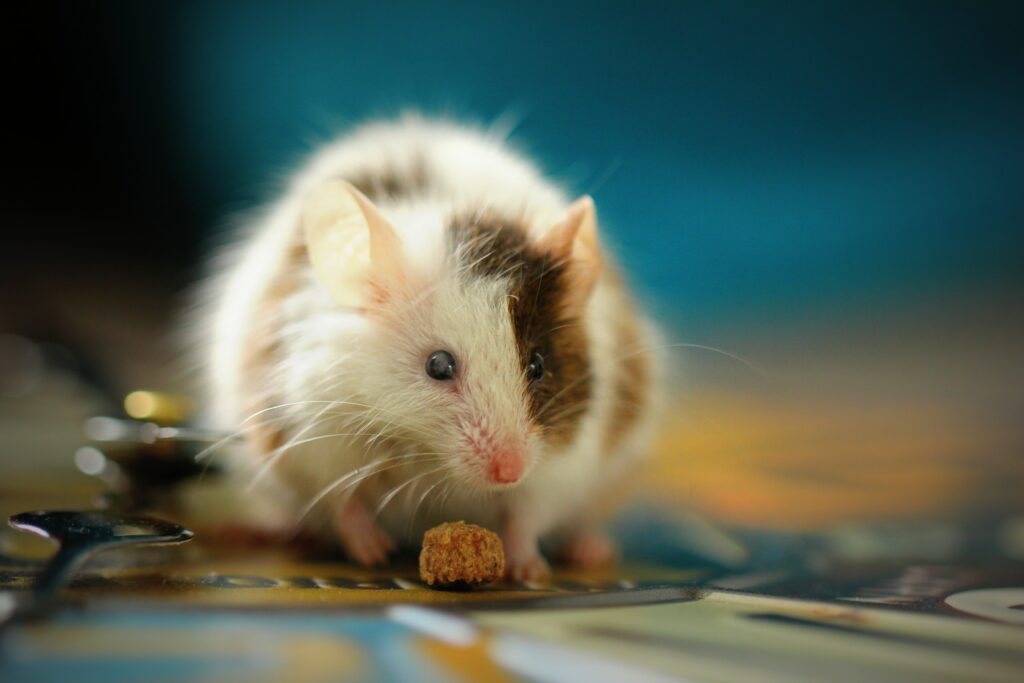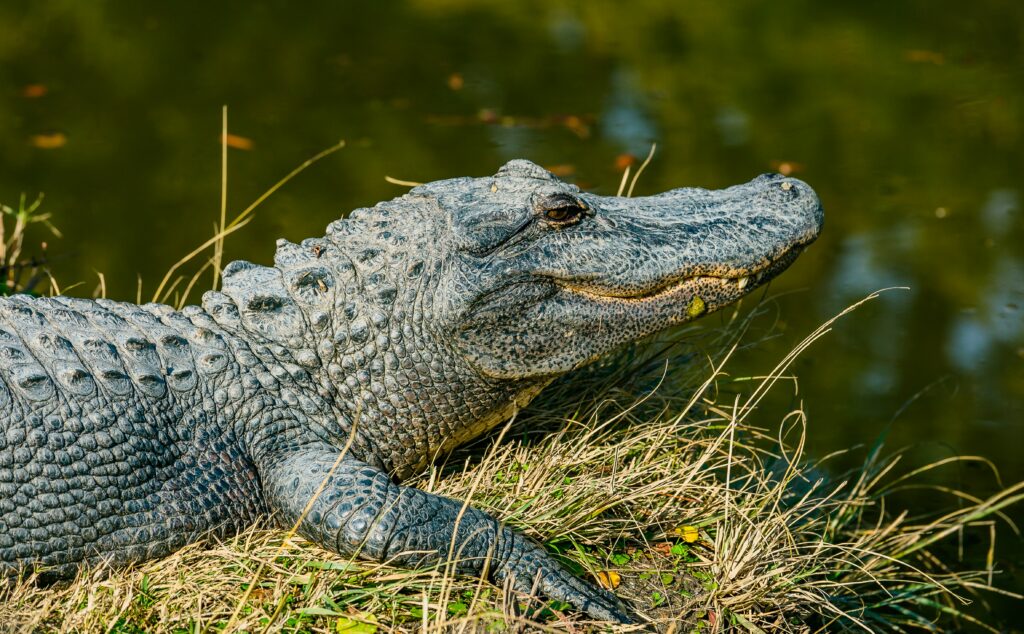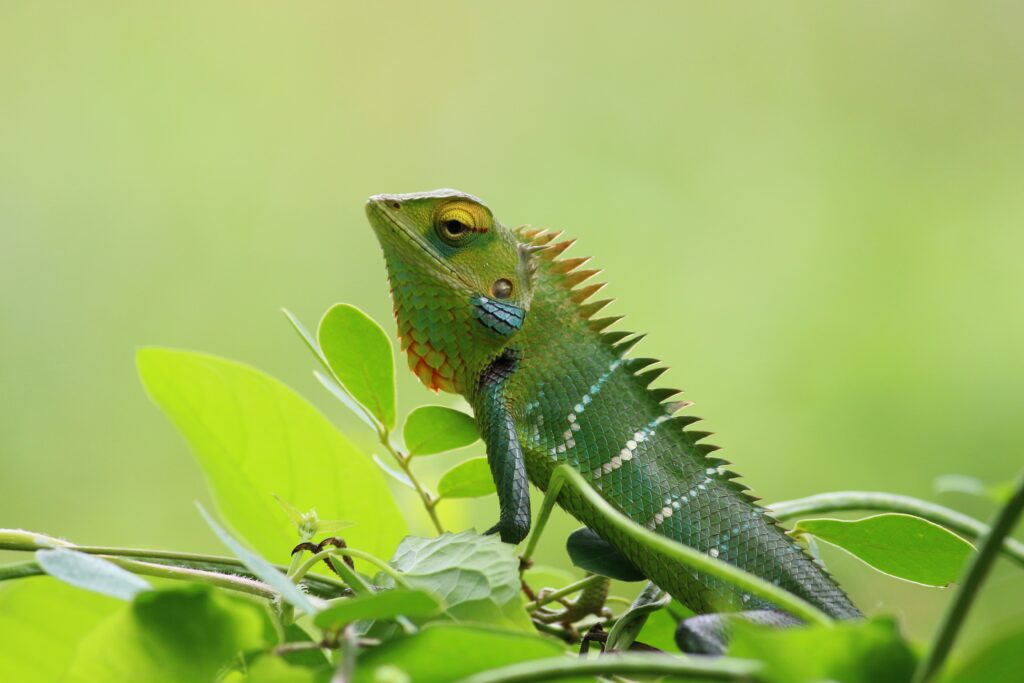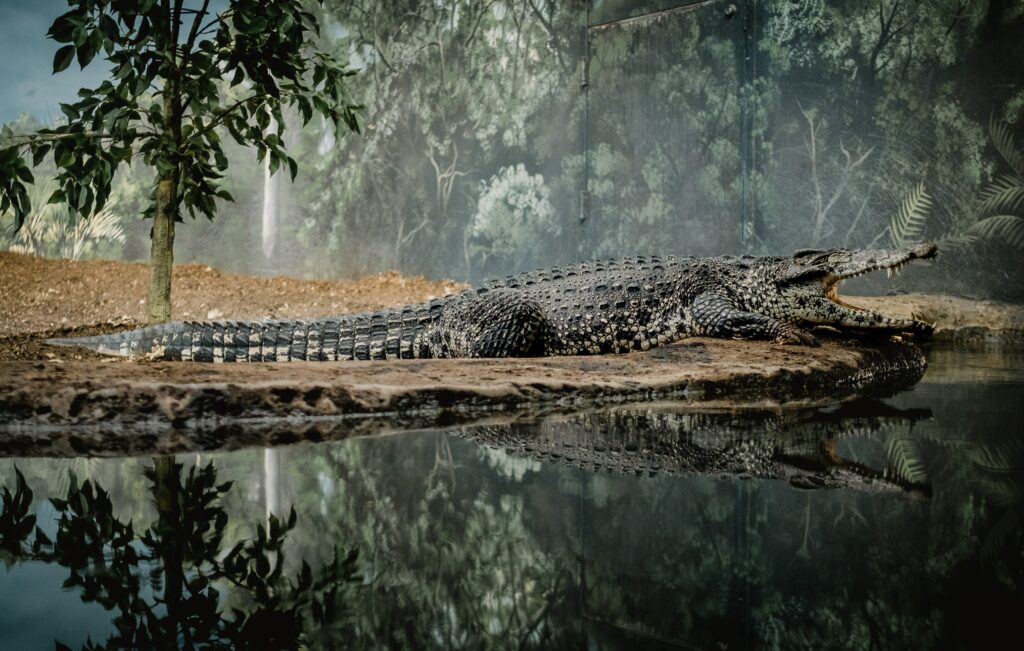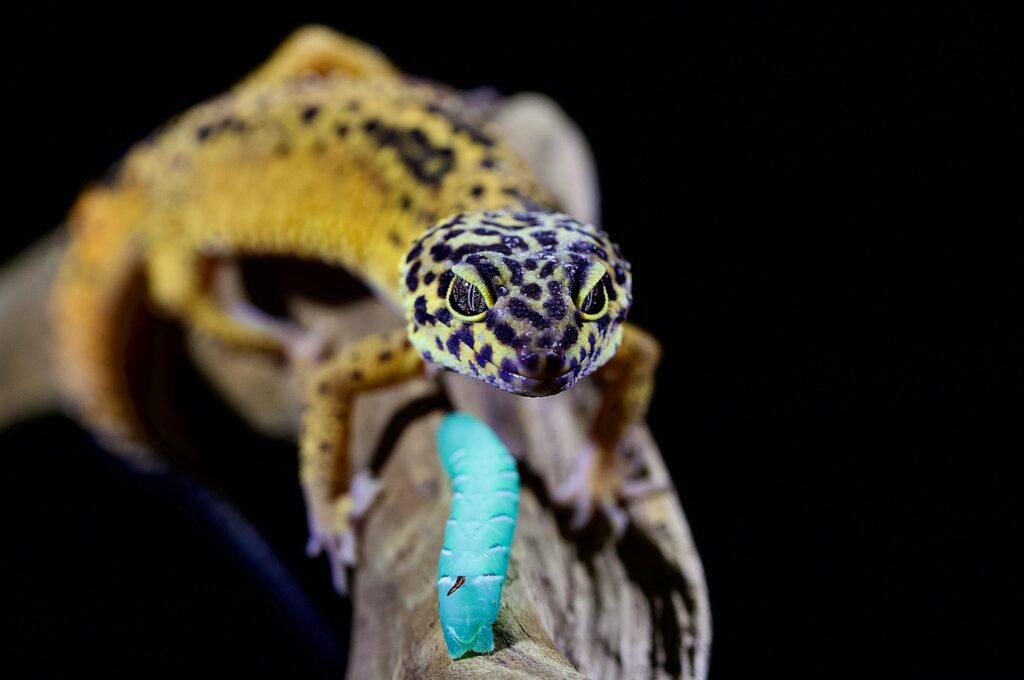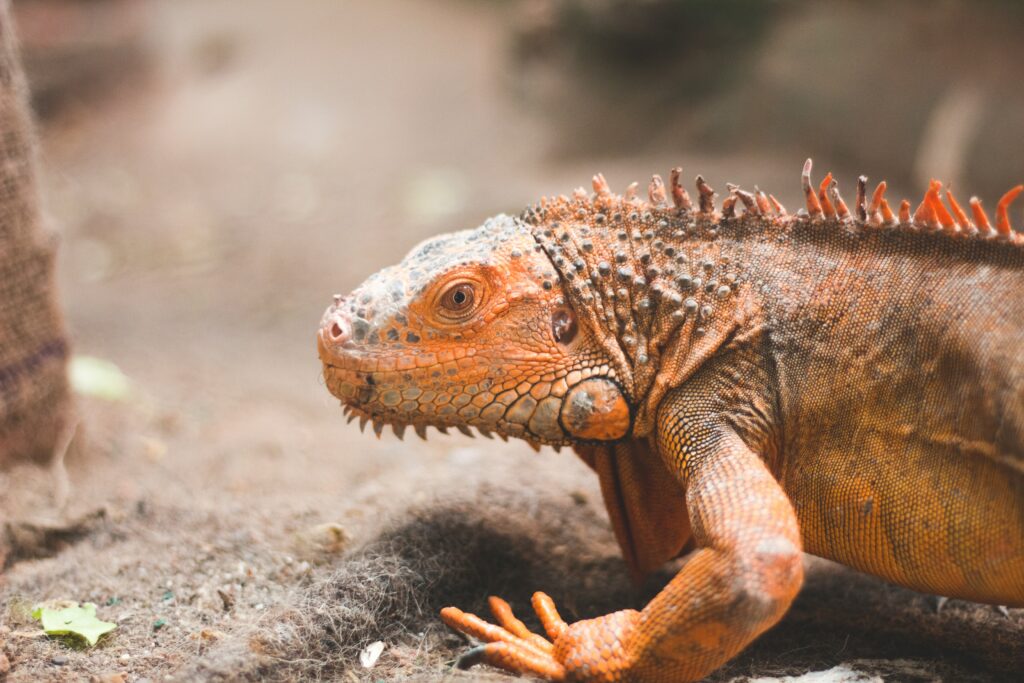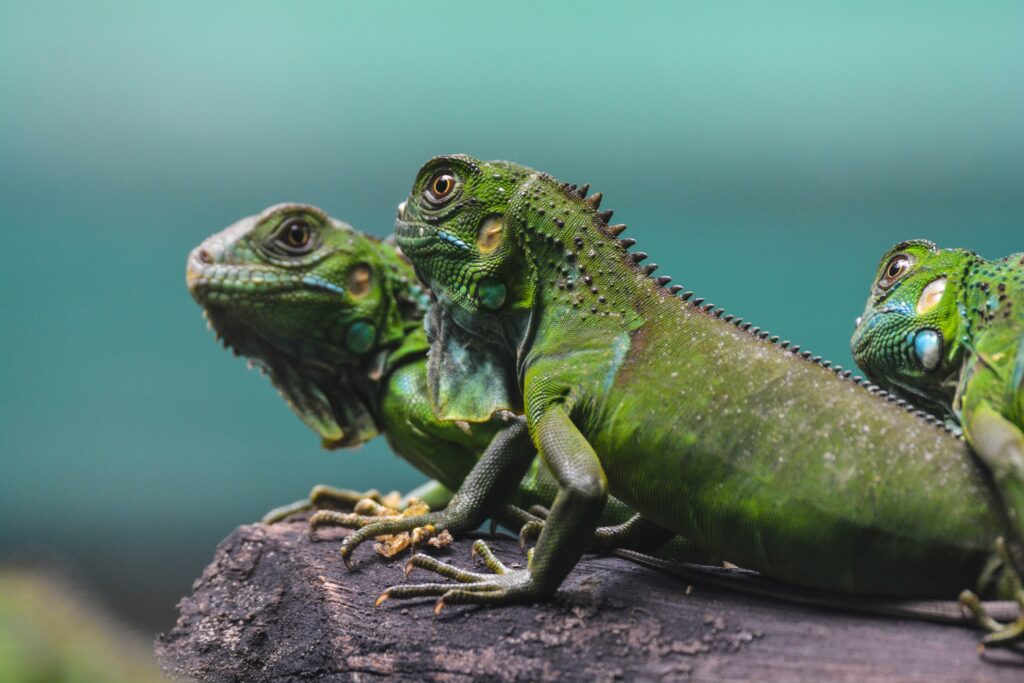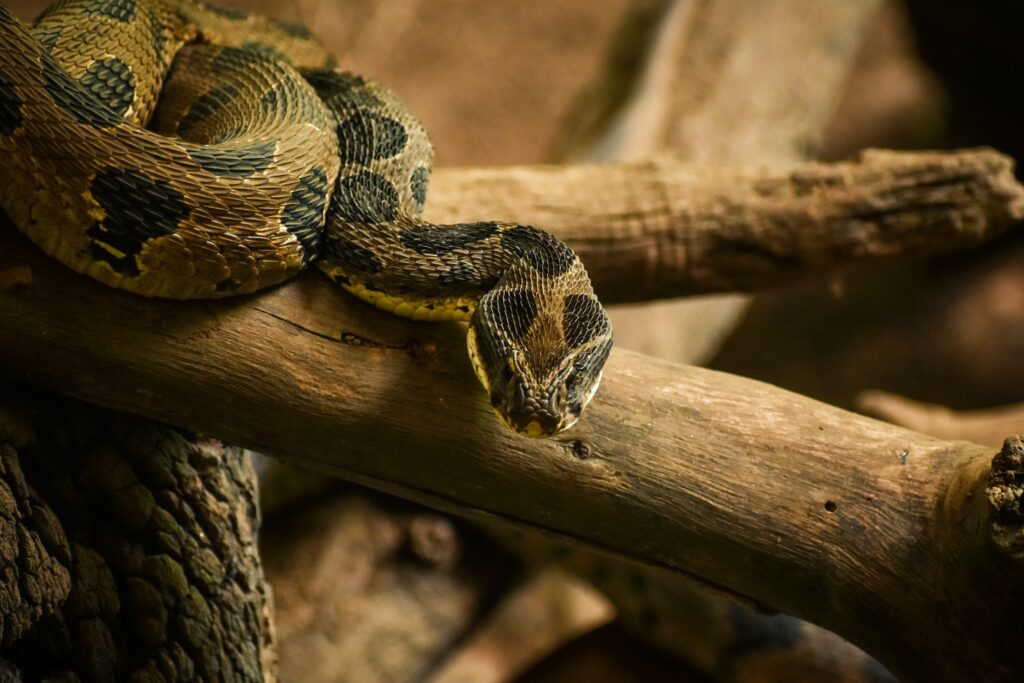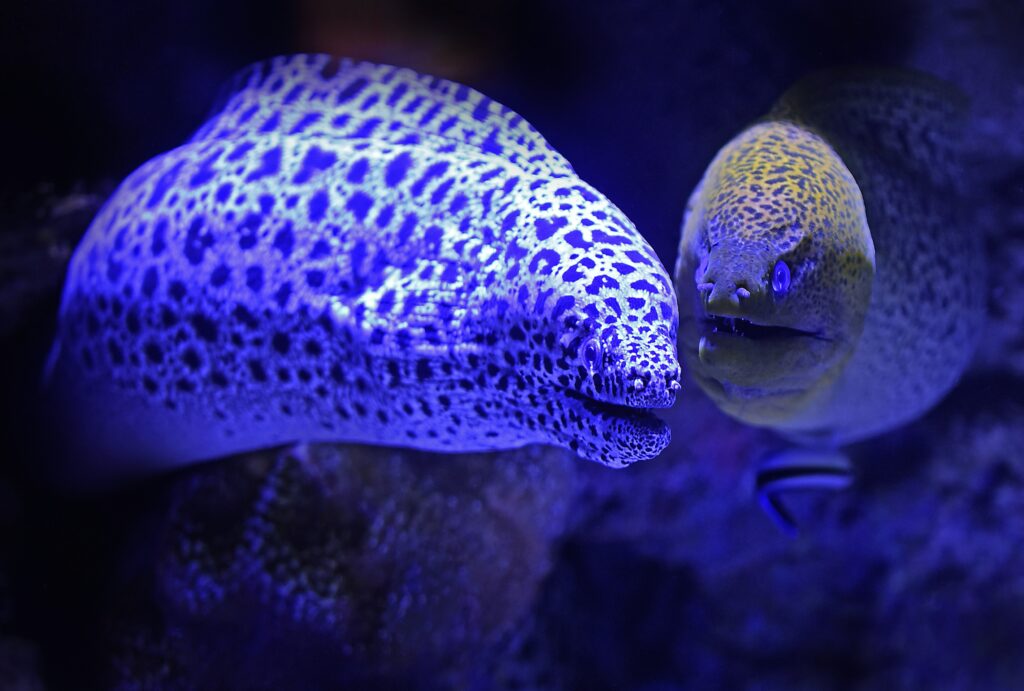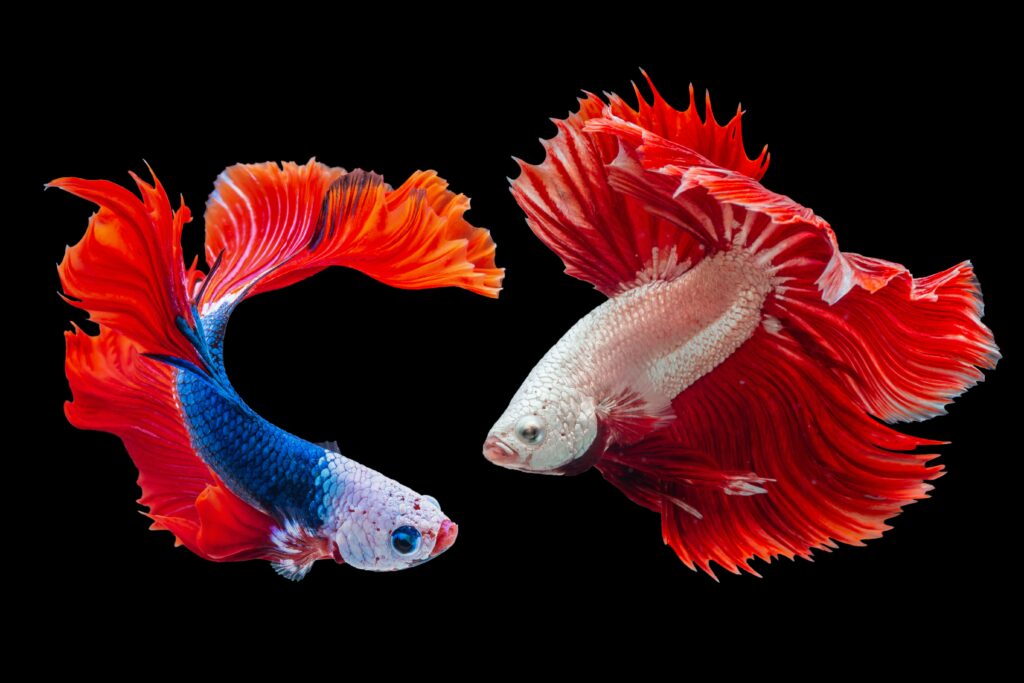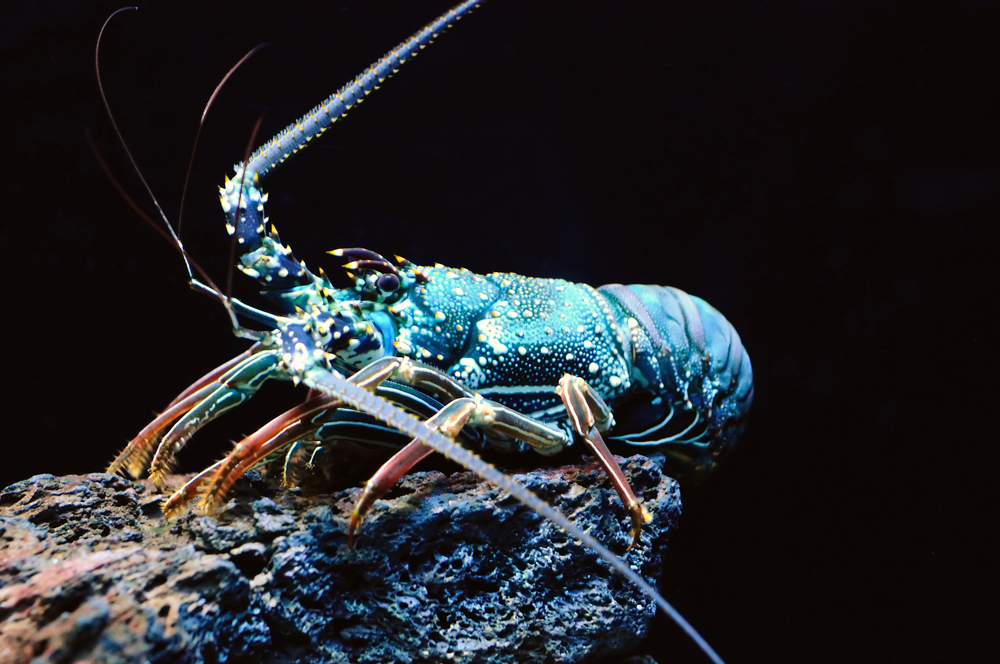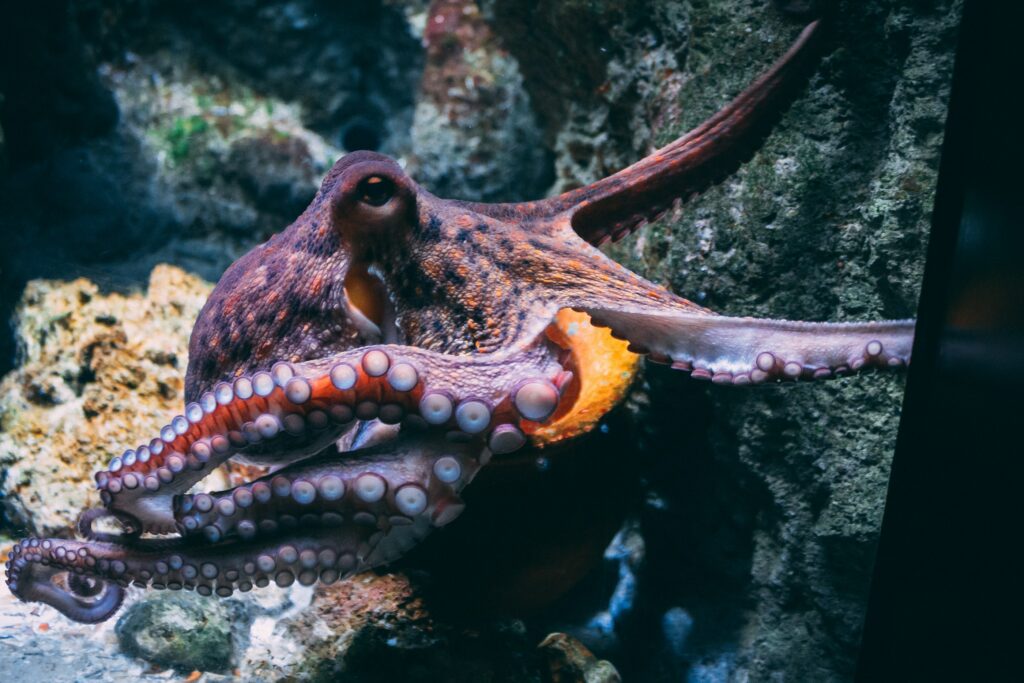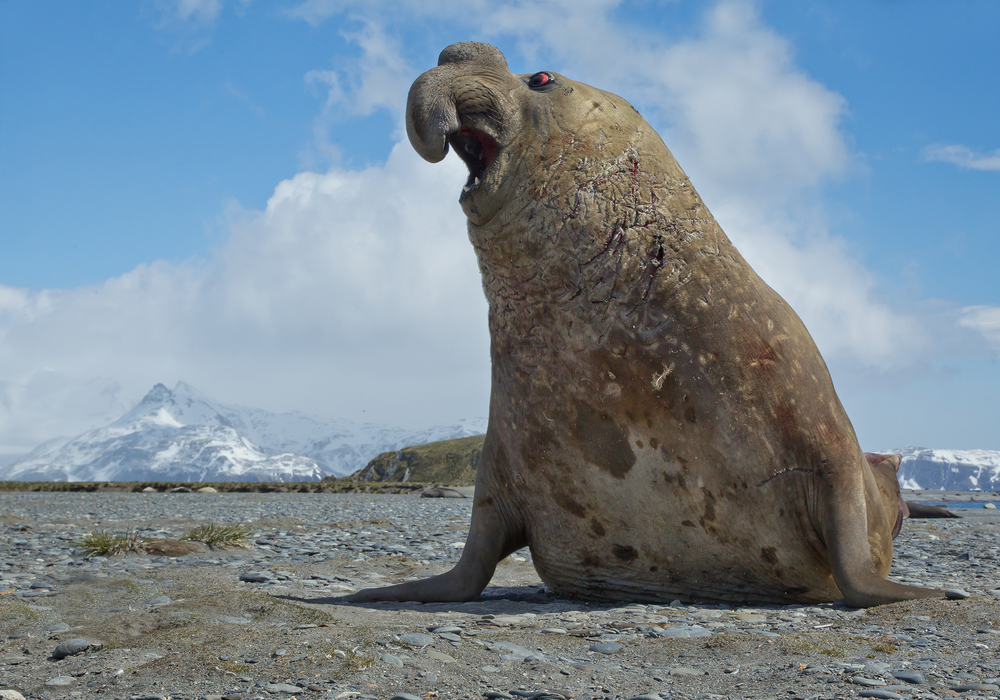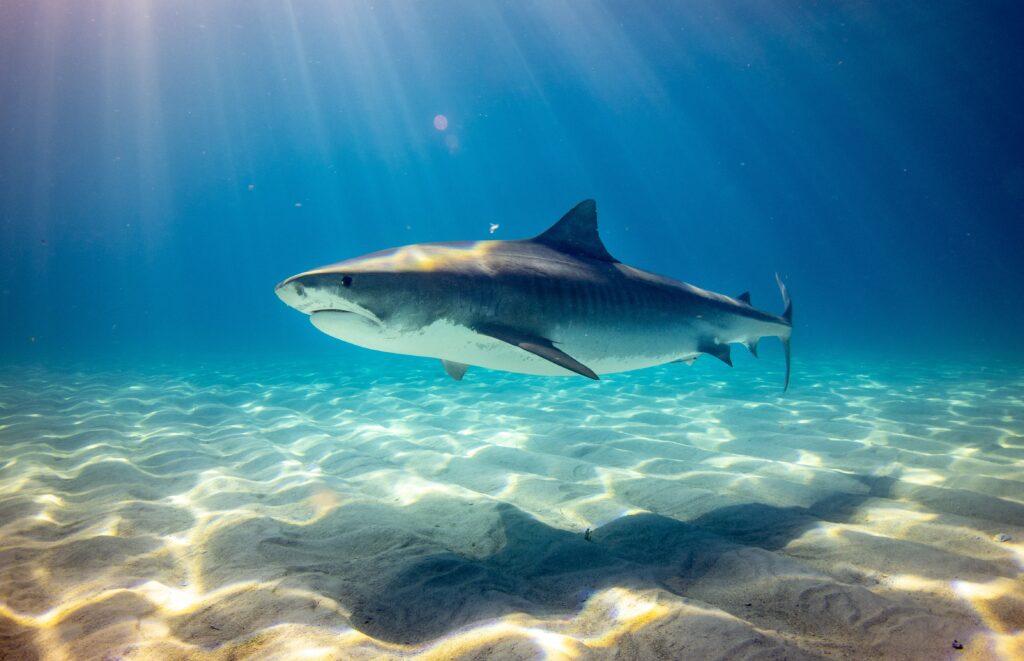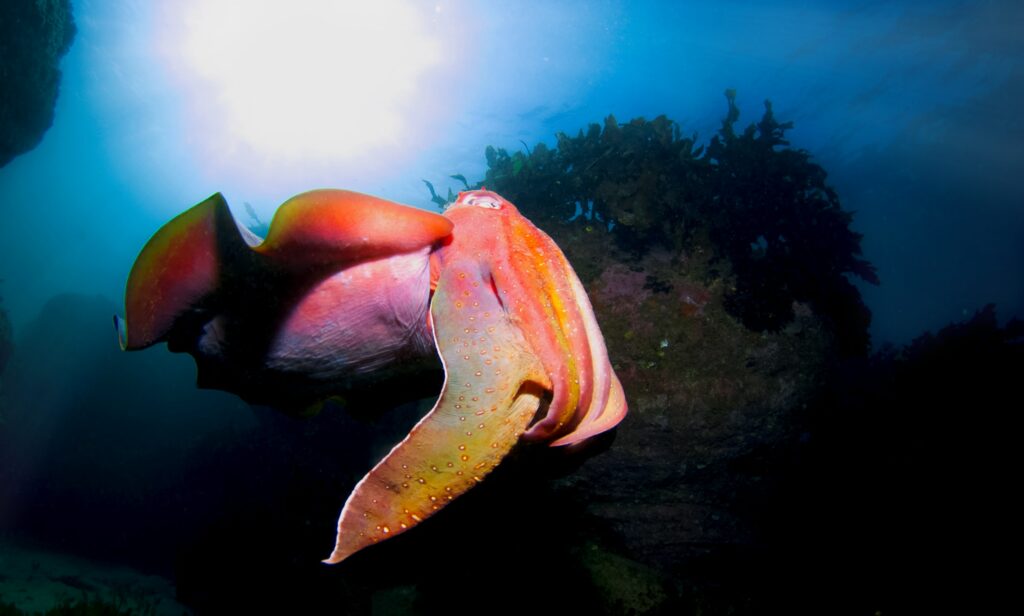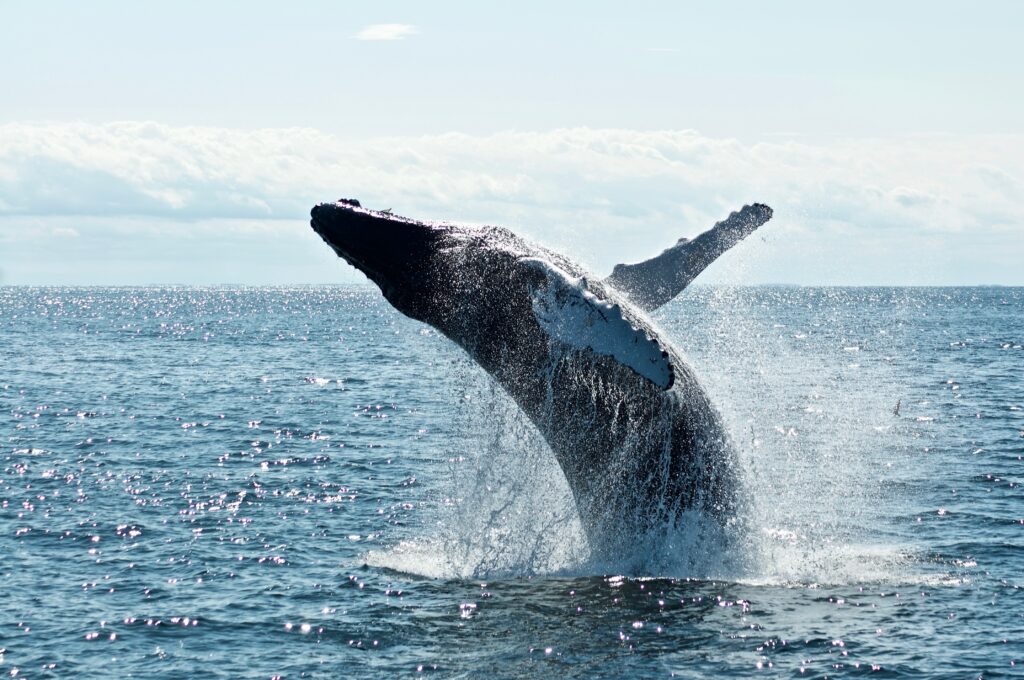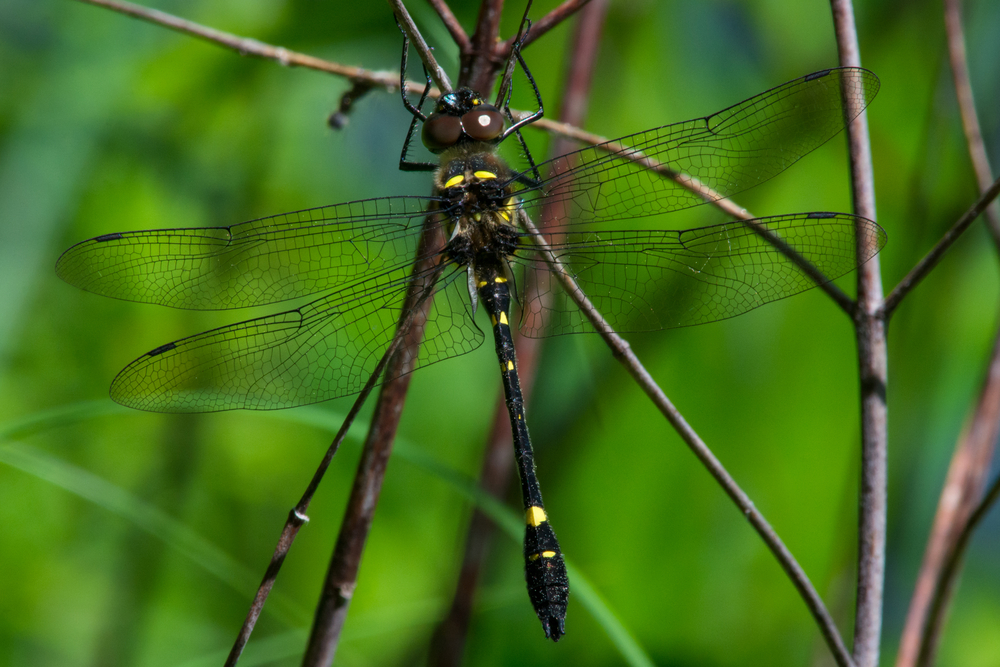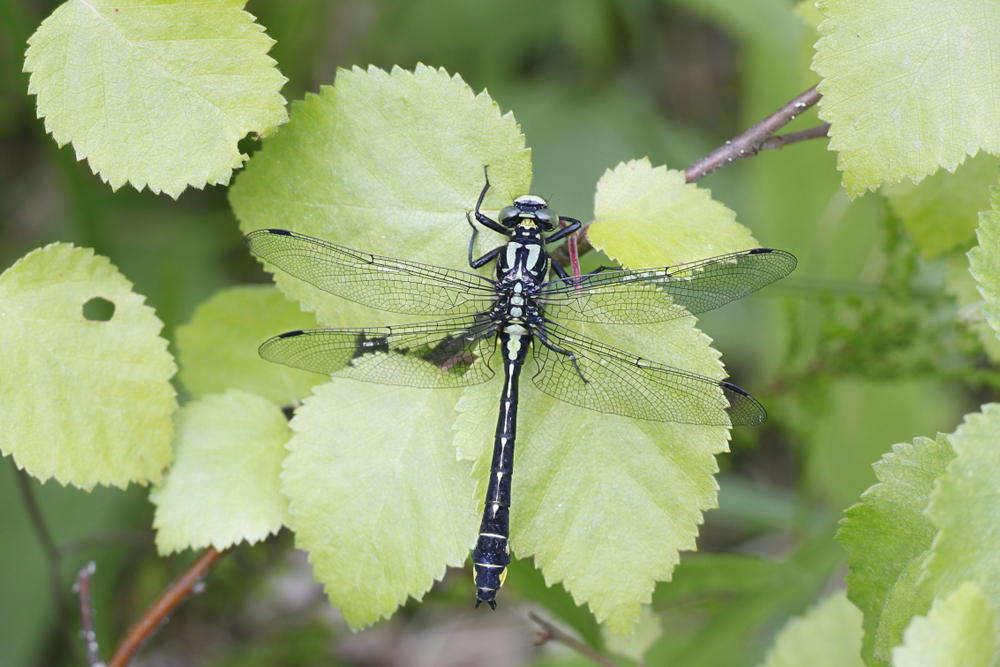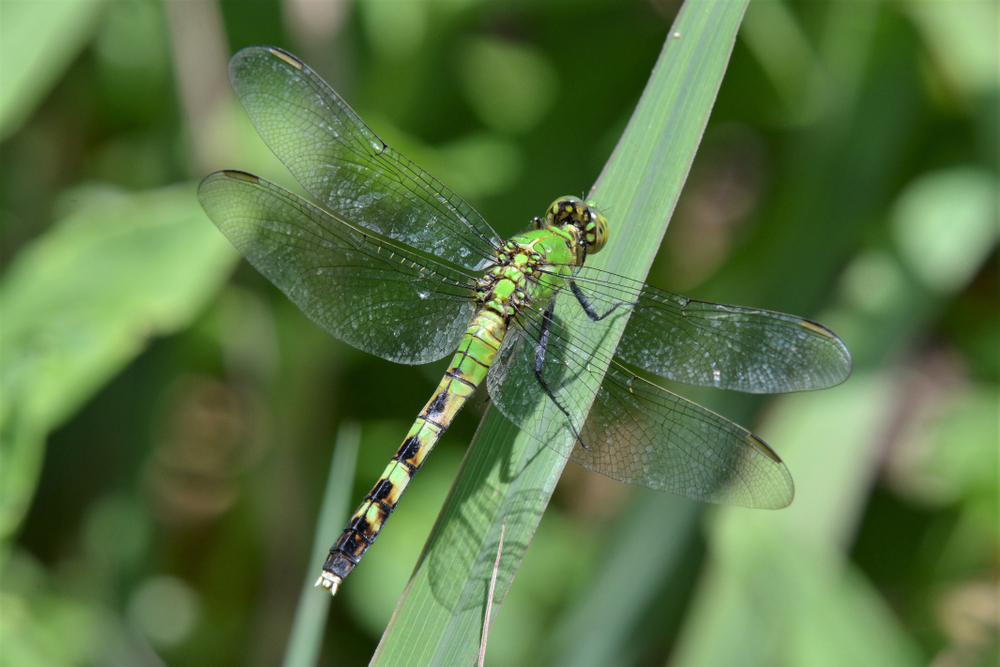The swift river cruiser (Macromia illinoiensis) belongs to the family Macromiidae. Its closest relatives are other cruisers within the same genus, such as the royal river cruiser (Macromia taeniolata), which share similar size, speed, and markings.
About
The Swift River Cruiser (Macromia illinoiensis) is a sleek, fast-flying dragonfly renowned for patrolling rivers with unmatched speed and agility. It belongs to the family Macromiidae, a small but distinctive group often referred to as the “river cruisers” for their habit of gliding tirelessly along shorelines. This species is widespread in North America, particularly along large streams and rivers with clean, flowing water.
Swift River Cruisers are among the larger dragonflies, reaching lengths of 2.5–3 inches (6–7.5 cm) with wingspans up to 4 inches (10 cm). They have long, slender bodies marked by a metallic green to bronze thorax and a dark abdomen highlighted with bright yellow spots. Their clear wings and large, widely spaced eyes give them a striking appearance in flight.
True to their name, these dragonflies are exceptionally fast and strong fliers. Males are often seen cruising low and swiftly over rivers, establishing territories and scanning for prey. Their hunting skills are formidable, as they capture mosquitoes, flies, and other insects mid-air with remarkable precision.
The life cycle of the Swift River Cruiser begins in water, where larvae (naiads) live buried in sandy or silty substrates of streams and rivers. These aquatic nymphs are ambush predators, feeding on insect larvae, small crustaceans, and even tiny fish. After developing for one to three years, they crawl out of the water to emerge as winged adults.
Because they require clean, well-oxygenated rivers, Swift River Cruisers are considered good indicators of healthy freshwater systems. Their presence signals not only thriving insect populations but also water quality that supports diverse life.
Elegant, swift, and ecologically valuable, the Swift River Cruiser epitomizes the beauty and vitality of dragonflies in North America’s river ecosystems.
Physical Characteristics
The swift river cruiser is a large, fast-flying dragonfly, known for its speed, bold markings, and streamlined form.
Body:
It has a long, slender, and aerodynamic body, perfectly adapted for high-speed flight over rivers and streams.
Coloration:
The thorax is dark brown to black with bright yellow stripes, while the abdomen is mostly black with yellow spots or rings along the segments. This striking yellow-and-black pattern makes it easily identifiable.
Head and Eyes:
It has a rounded head with large, compound eyes that nearly meet at the top, giving almost 360-degree vision and excellent motion detection.
Mouthparts:
Equipped with strong mandibles, it is capable of catching and chewing prey midair.
Wings:
The transparent wings are long, narrow, and finely veined, held out flat when at rest. Their shape allows powerful, swift, and sustained flight.
Size:
Adults measure about 2.5–3.5 in (6.5–9 cm) in length, with wingspans of 3.5–4 in (9–10 cm).
Weight:
They are lightweight insects, usually under 1 g, which contributes to their agility and speed.
The swift river cruiser’s elongated body, yellow-and-black markings, and remarkable flight speed make it one of the most distinctive and dynamic dragonflies of North American rivers.
Reproduction
Swift river cruisers follow the typical dragonfly reproductive cycle, tied closely to freshwater habitats such as rivers, streams, and lakes.
Mating and Courtship:
Males patrol stretches of rivers and streams, chasing away rivals while searching for females. When a receptive female is found, the male clasps her behind the head with his terminal appendages, forming the classic dragonfly “wheel position” during mating.
Egg Laying (Oviposition):
After mating, females deposit eggs directly into the water, often flicking or dipping the tips of their abdomens into rivers or ponds while in flight. Eggs are left unguarded but anchored in aquatic environments where larvae will develop.
Eggs and Development:
Eggs hatch in a few days to weeks, depending on temperature and habitat. Newly hatched larvae (naiads) are aquatic, living hidden among sediments or vegetation.
Larval Stage:
Naiads are ambush predators, feeding on aquatic insects, small crustaceans, and even tadpoles or tiny fish. The larval stage can last 2–4 years, with multiple molts as they grow.
Emergence and Adult Stage:
When ready to mature, naiads crawl out of the water onto rocks, stems, or logs and molt into winged adults. Adults live only a few weeks to a few months, focused mainly on feeding, mating, and reproduction.
The swift river cruiser’s reproductive cycle, with its long aquatic larval stage and short-lived adult phase, reflects the balance between survival in rivers and the urgency of adult reproduction.
Lifespan
The swift river cruiser, like most dragonflies, spends the majority of its life as an aquatic larva, with a comparatively brief adult stage.
Lifespan in the Wild:
The larval stage lasts 2–4 years, during which the insect lives in riverbeds or stream margins, ambushing aquatic prey. The adult stage is much shorter, typically lasting 6–8 weeks, though some may survive a few months depending on conditions.
Lifespan in Captivity:
These dragonflies are rarely kept in captivity due to their need for clean, flowing water and wide-ranging flight as adults. In controlled conditions, their life expectancy remains similar—years as larvae and weeks as adults.
Threats to Longevity:
Larvae are vulnerable to predation from fish, amphibians, and larger aquatic insects, while adults face threats from birds, spiders, and other dragonflies. Habitat destruction and water pollution also significantly impact survival.
The swift river cruiser’s lifespan is dominated by its long larval stage, with the brief adult phase dedicated almost entirely to feeding, mating, and reproduction.
Eating Habits
Swift river cruisers are agile predators at both larval and adult stages, feeding on a wide range of prey in aquatic and aerial environments.
Diet (Larvae/Naiads):
Aquatic larvae feed on insect larvae, small crustaceans, tadpoles, and even tiny fish. They use extendable, grasping mouthparts to snatch unsuspecting prey from riverbeds or vegetation.
Diet (Adults):
Adults are aerial hunters, capturing mosquitoes, flies, moths, butterflies, and other flying insects. Their spiny legs form a “basket” to scoop prey midair, which is then chewed with strong mandibles.
Feeding Behavior:
Naiads are ambush predators, lying in wait among sediments or plants before striking lightning-fast at prey. Adults are fast, powerful fliers, patrolling long stretches of rivers and streams in search of food.
Role in the Ecosystem:
By preying on mosquitoes, flies, and other insects, swift river cruisers help regulate pest populations, while also serving as food for birds, fish, and amphibians.
The swift river cruiser’s dual lifestyle—lurking ambush predator as a larva and high-speed aerial hunter as an adult—makes it an efficient and vital predator in river ecosystems.
Uniqueness
The swift river cruiser is one of the most remarkable dragonflies, celebrated for its speed, size, and distinct markings.
Exceptional Flight Speed:
It is among the fastest dragonflies, capable of sustained high-speed flight over rivers and open spaces, which gives it both its name and reputation.
Striking Markings:
Its black body with bold yellow stripes and spots along the thorax and abdomen makes it one of the most visually distinctive dragonflies in North America.
Wide-Ranging Patrols:
Unlike many dragonflies that stay close to one perch, swift river cruisers patrol long stretches of rivers and lakes, rarely resting, which makes sightings especially exciting.
Long Aquatic Stage:
Spending years as aquatic larvae before emerging as adults, they play a crucial role as both predators of small aquatic creatures and prey for fish and amphibians.
Indicator Species:
Because they require clean, flowing water for larval development, their presence signals a healthy freshwater ecosystem.
The swift river cruiser’s unmatched speed, bold appearance, and reliance on pristine waterways make it one of the most unique and important dragonflies in river habitats.
Be the First to Share Photos of This Species.
FAQ’s
1. What species is closest to the swift river cruiser?
2. How does the swift river cruiser compare to other species in the same family?
Compared to other cruisers, the swift river cruiser is especially known for its speed and long-distance patrolling behavior. While other Macromia species have similar yellow-and-black markings, this species is among the most widespread and commonly observed in North America.
3. What national parks provide the best opportunities to see a swift river cruiser?
They can be seen in U.S. parks with clean rivers and lakes, such as Great Smoky Mountains National Park, Shenandoah National Park, and Ozark National Scenic Riverways, where they patrol along streams and rivers.
4. In what parts of the world can you find swift river cruisers?
They are found mainly in North America, especially across the eastern and central United States, inhabiting rivers, streams, and lakes with clear, flowing water.
5. How many types of swift river cruisers are there?
The genus Macromia includes around 125 species worldwide, though the swift river cruiser (Macromia illinoiensis) is one of the most recognized in North America.
